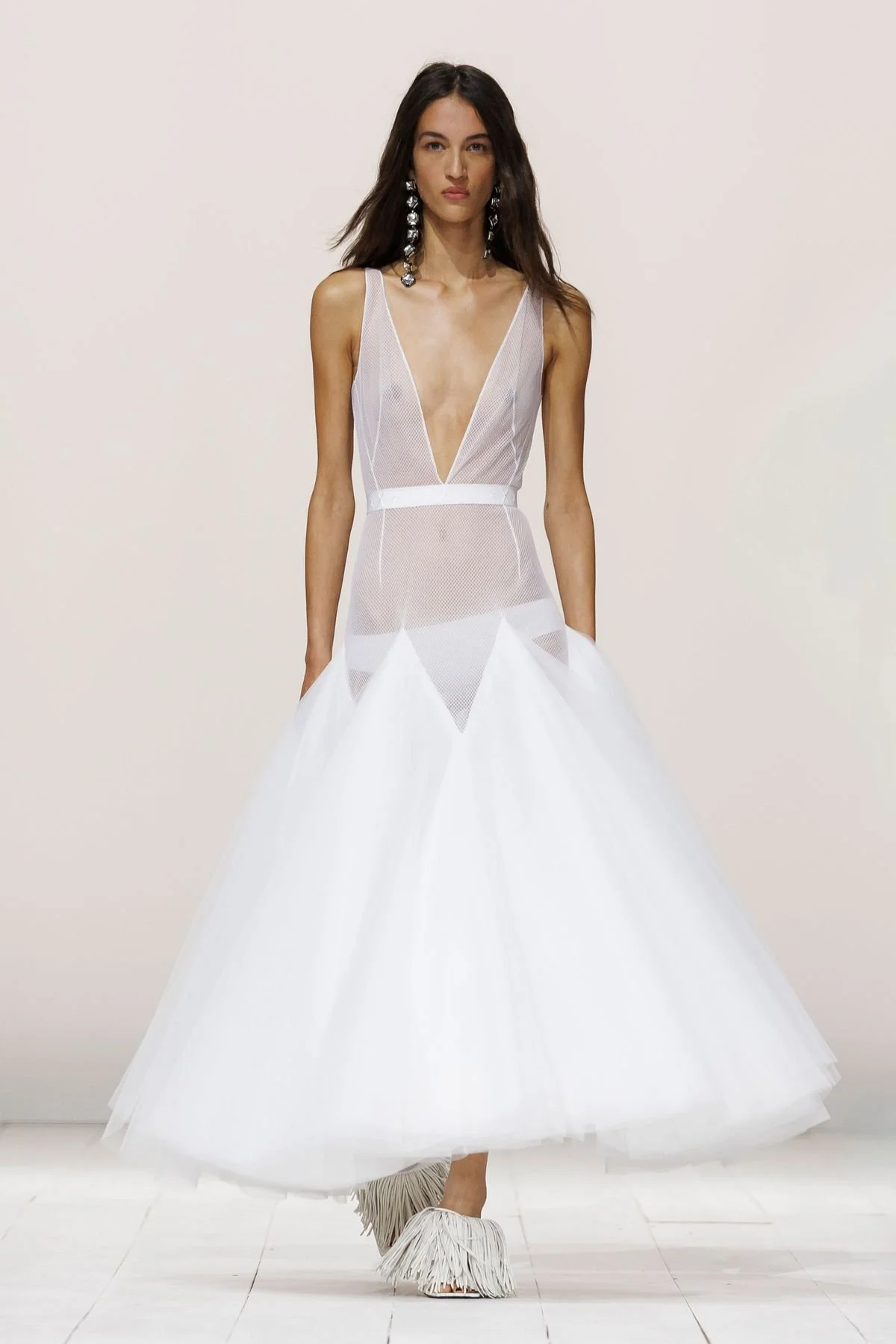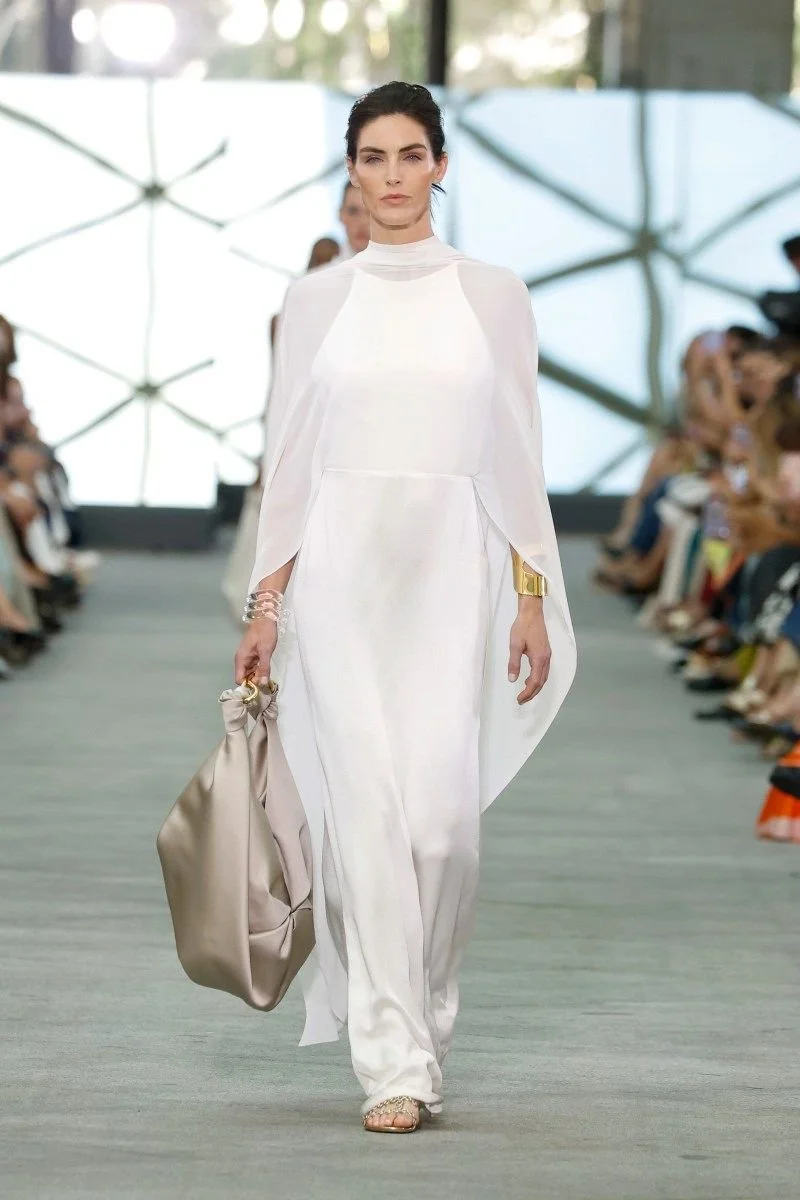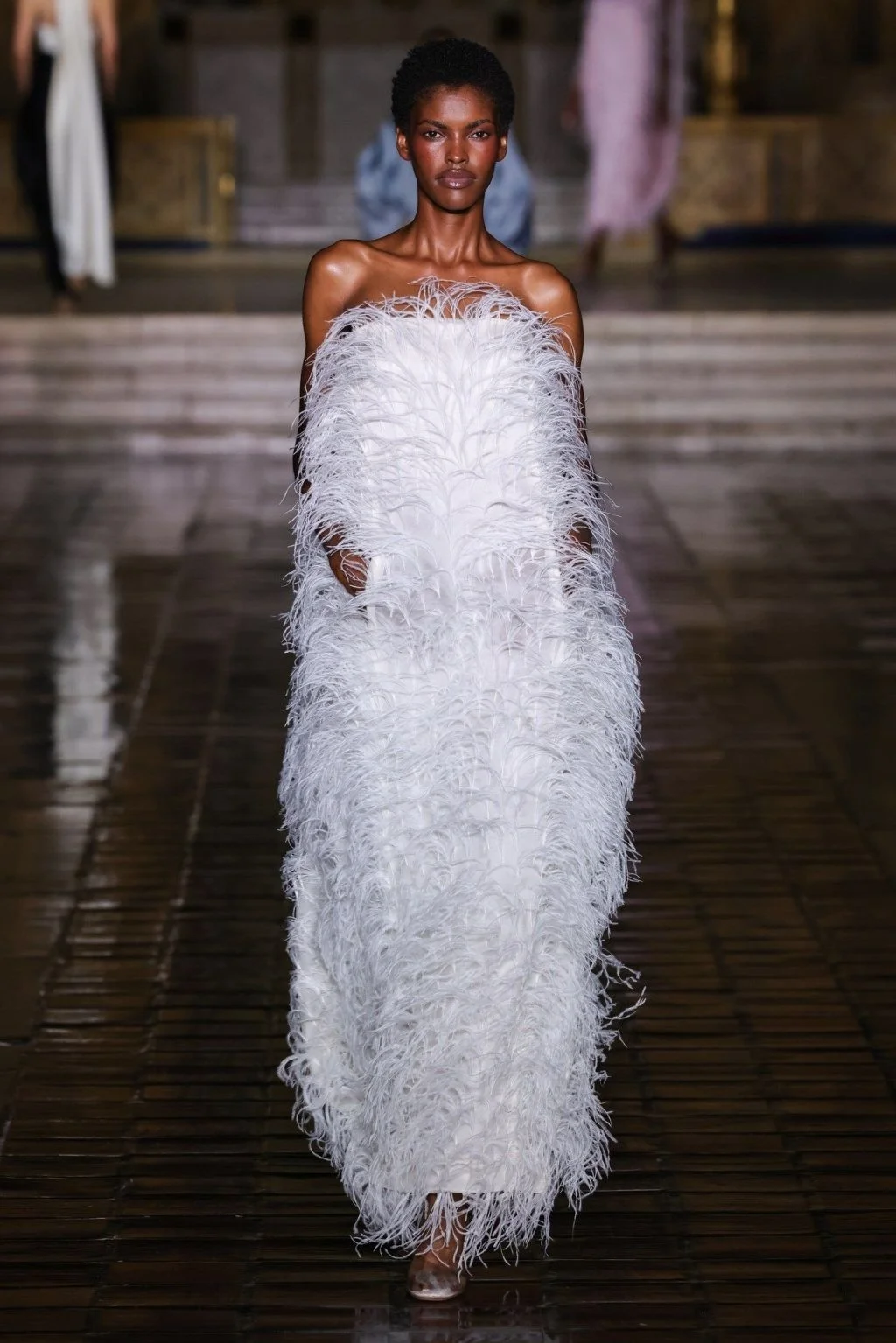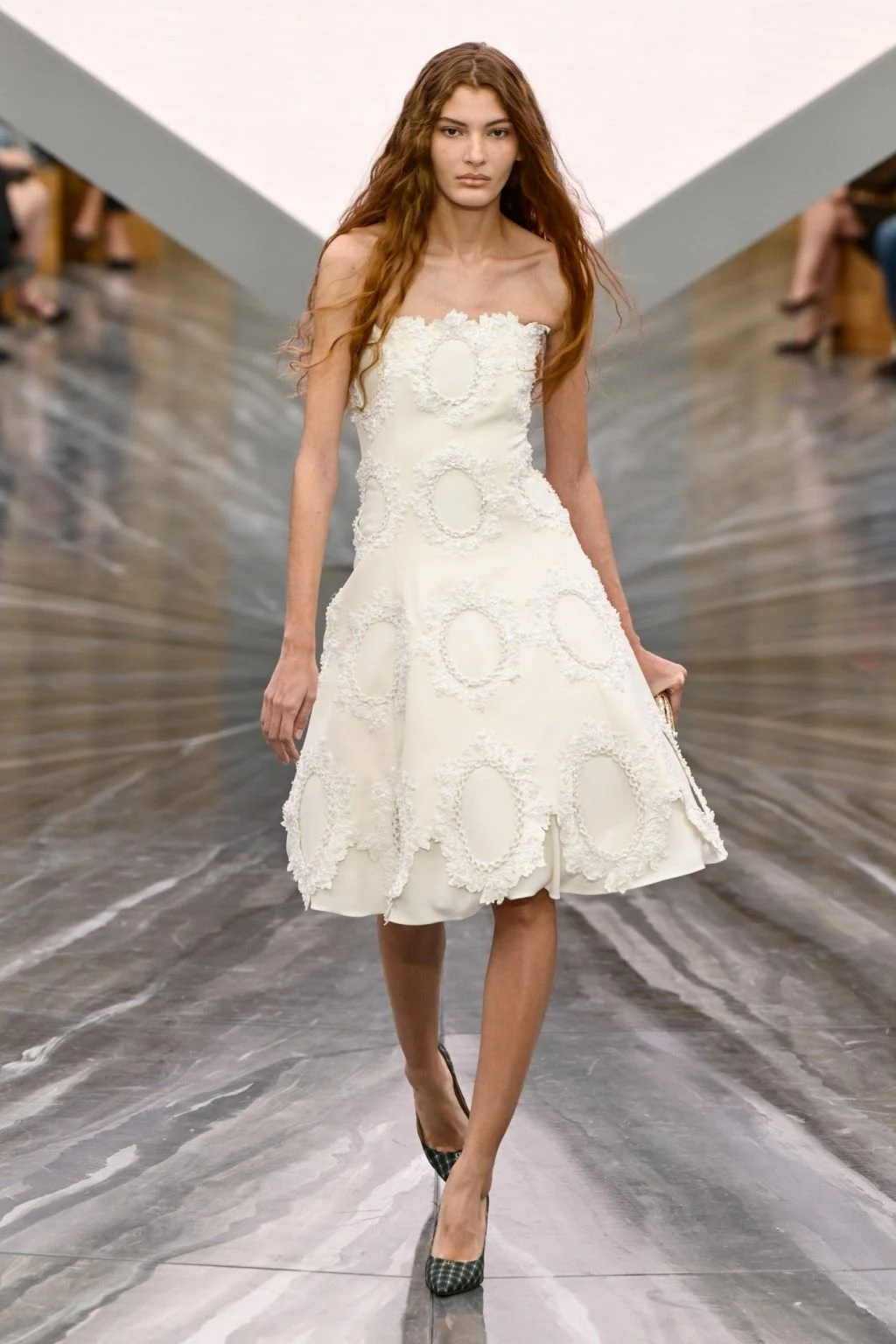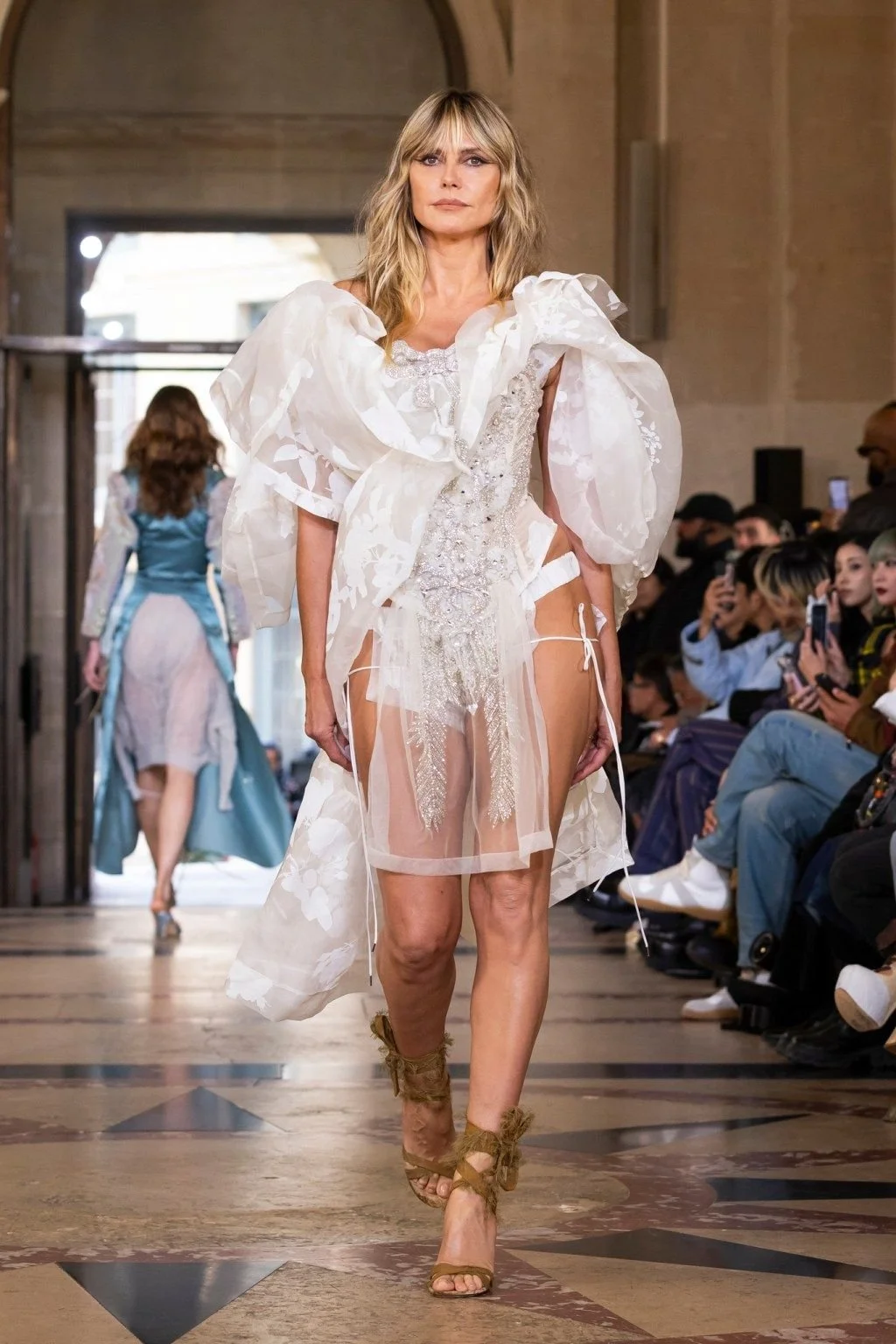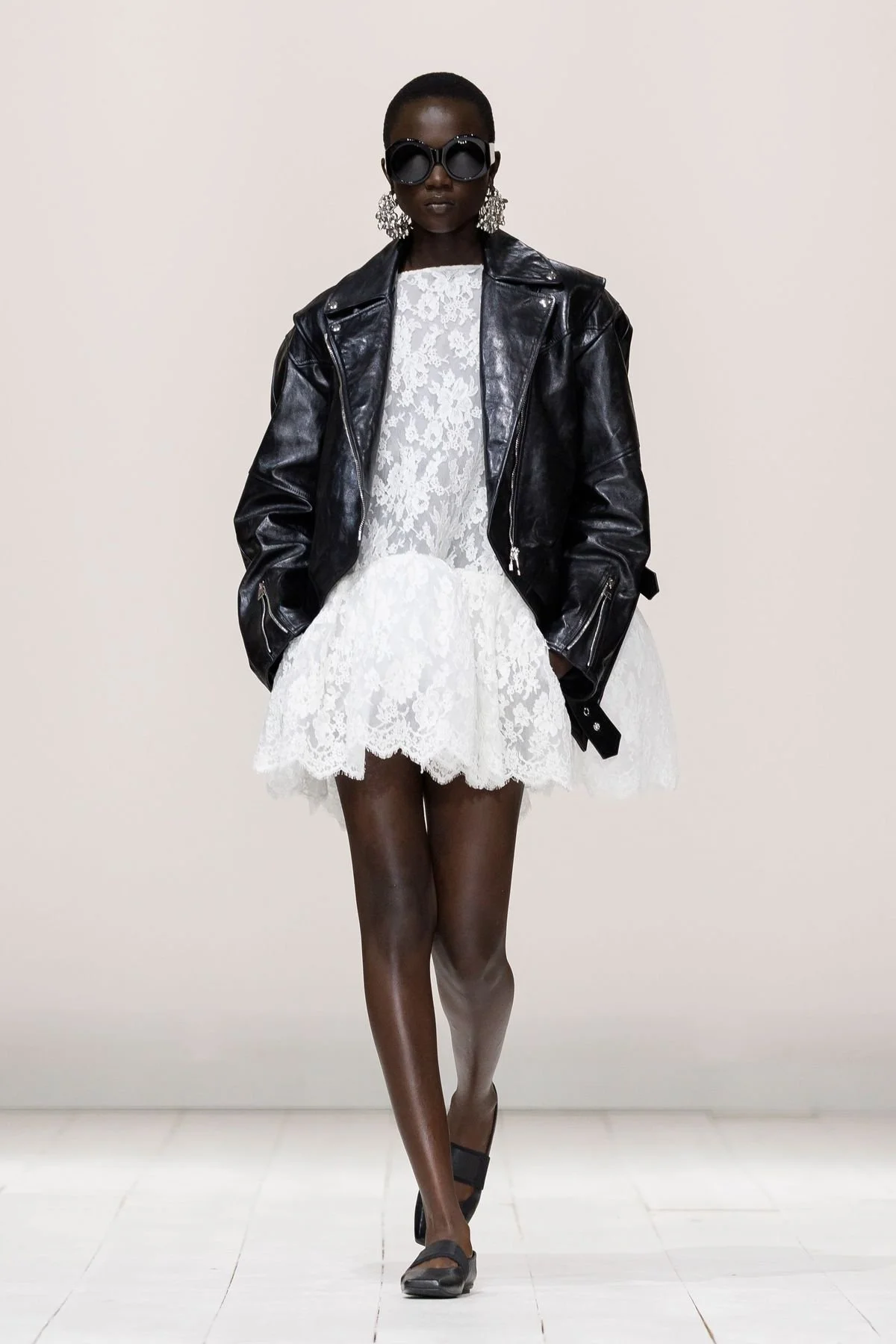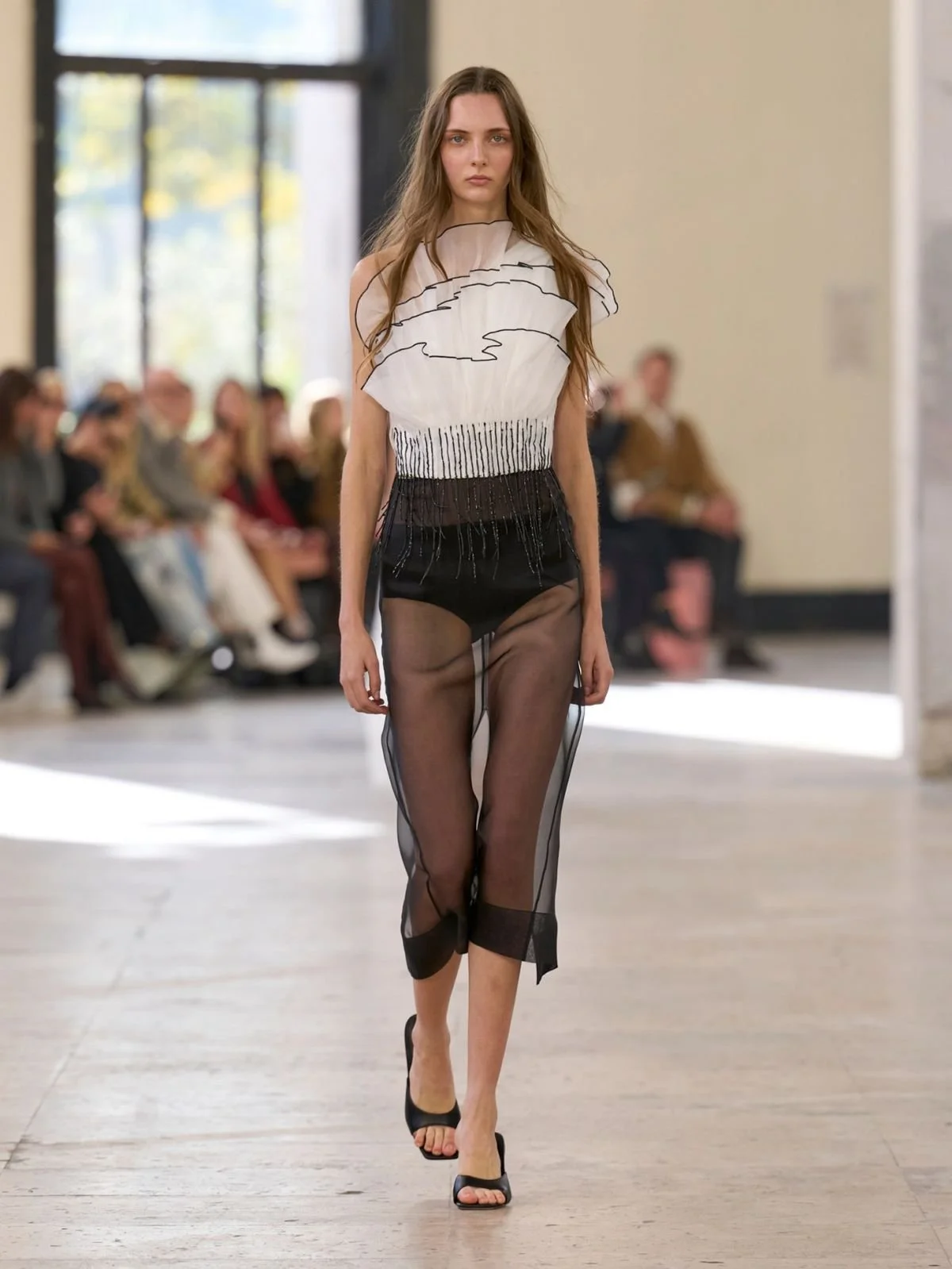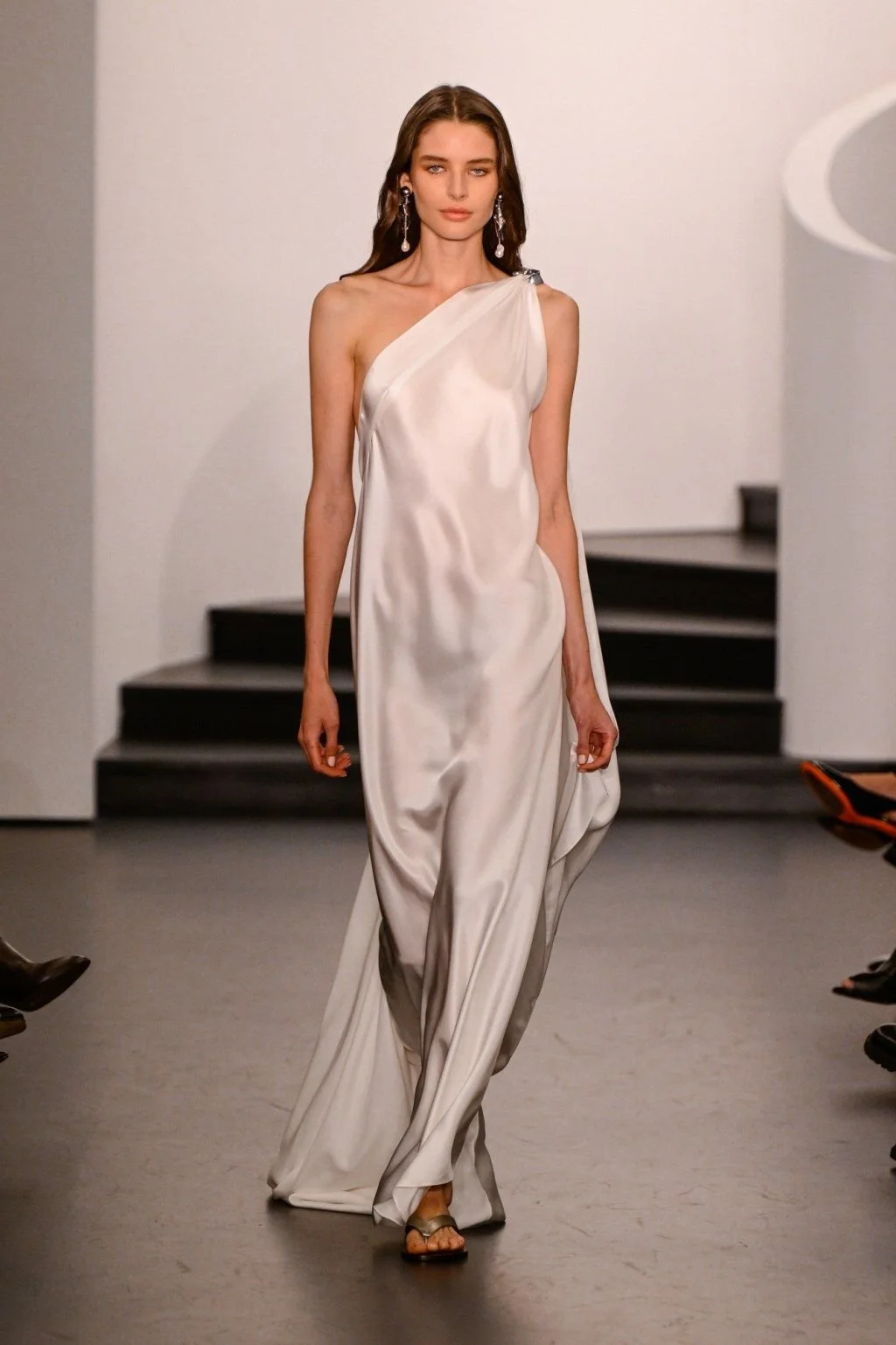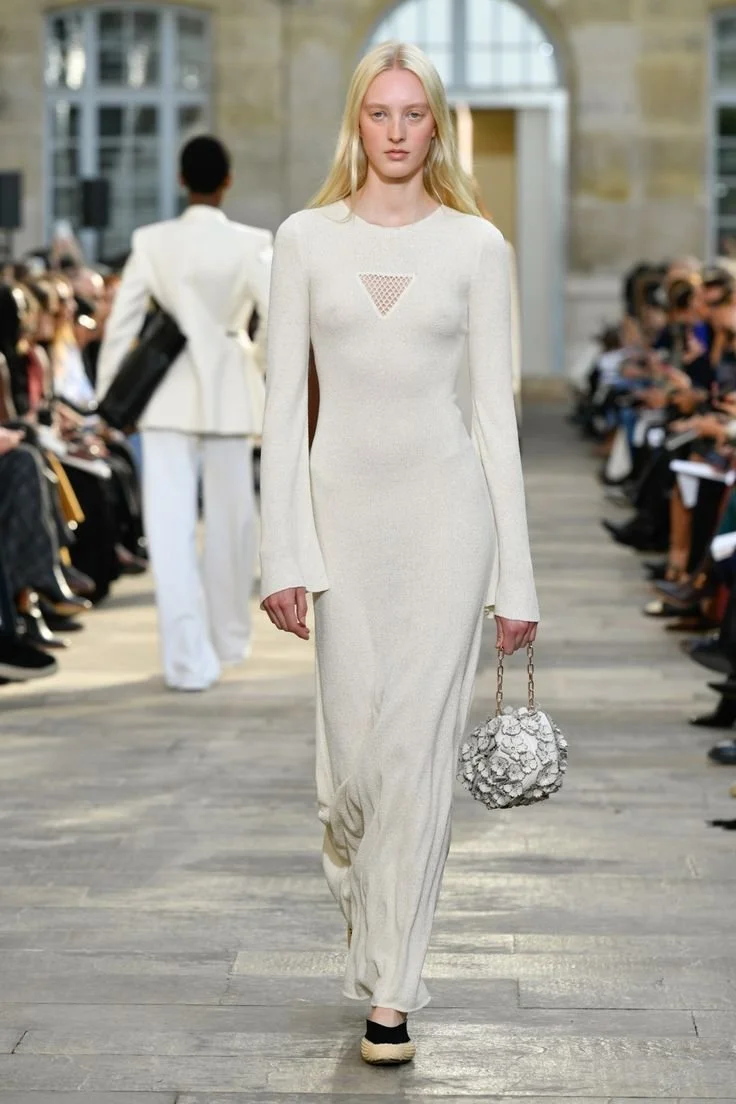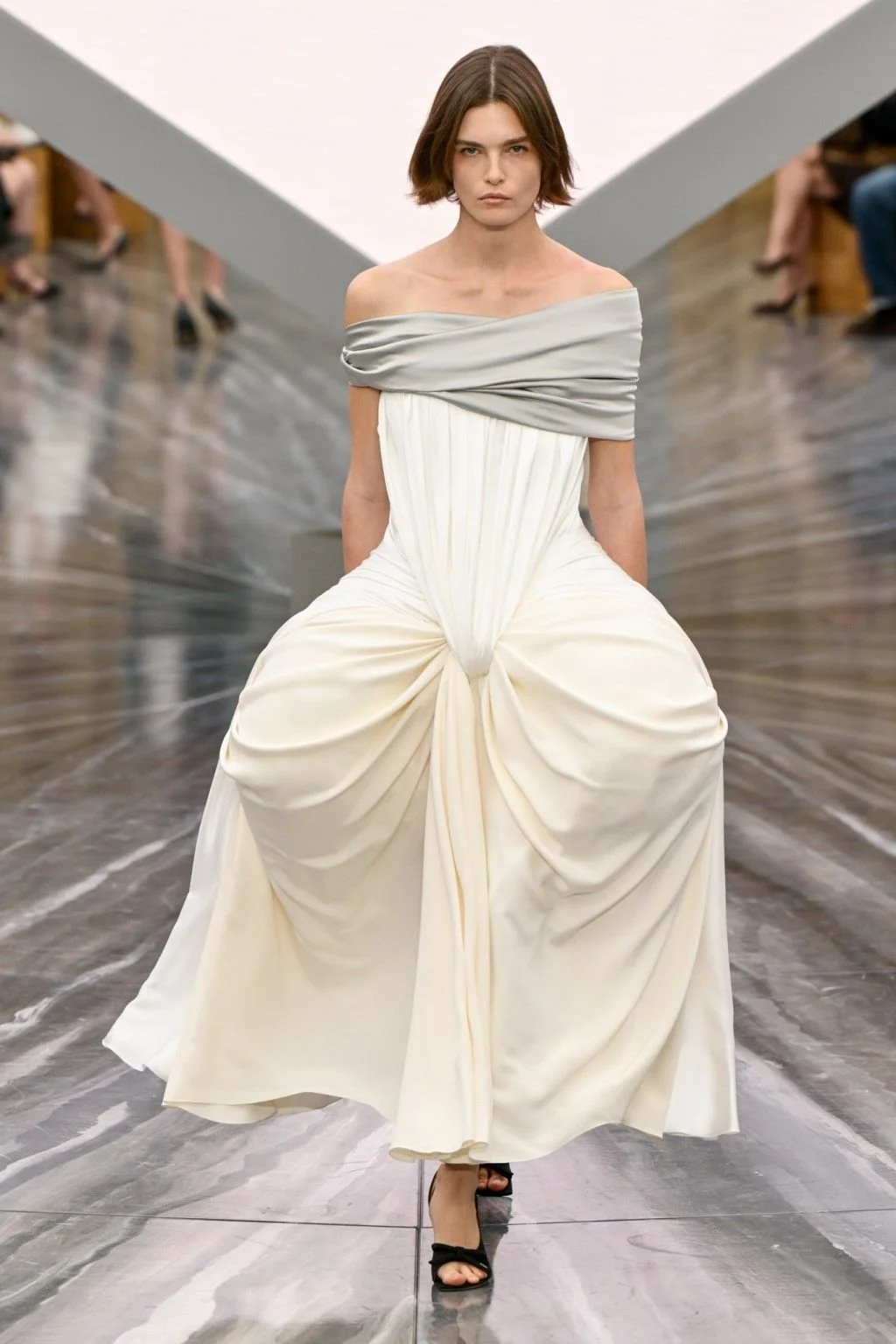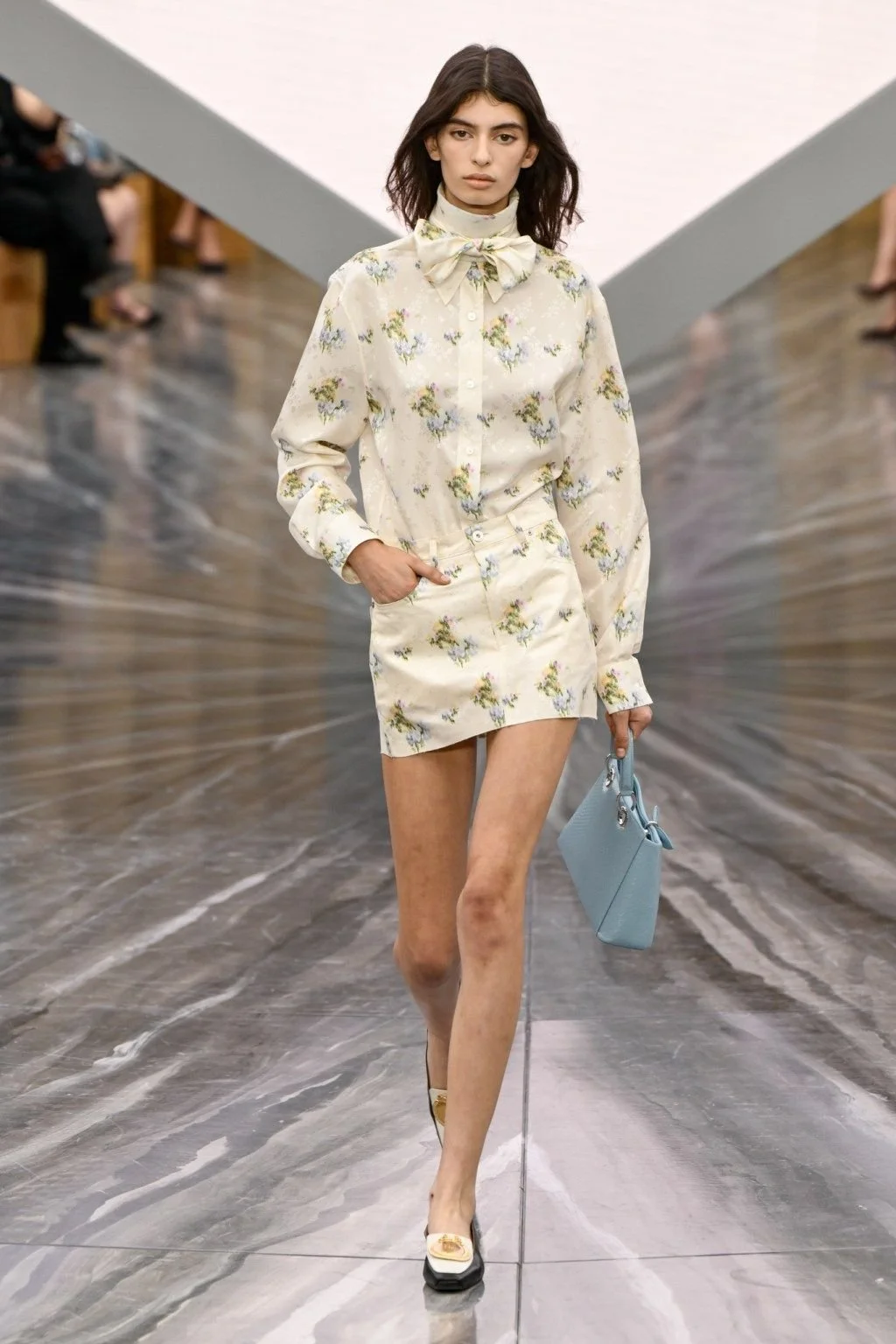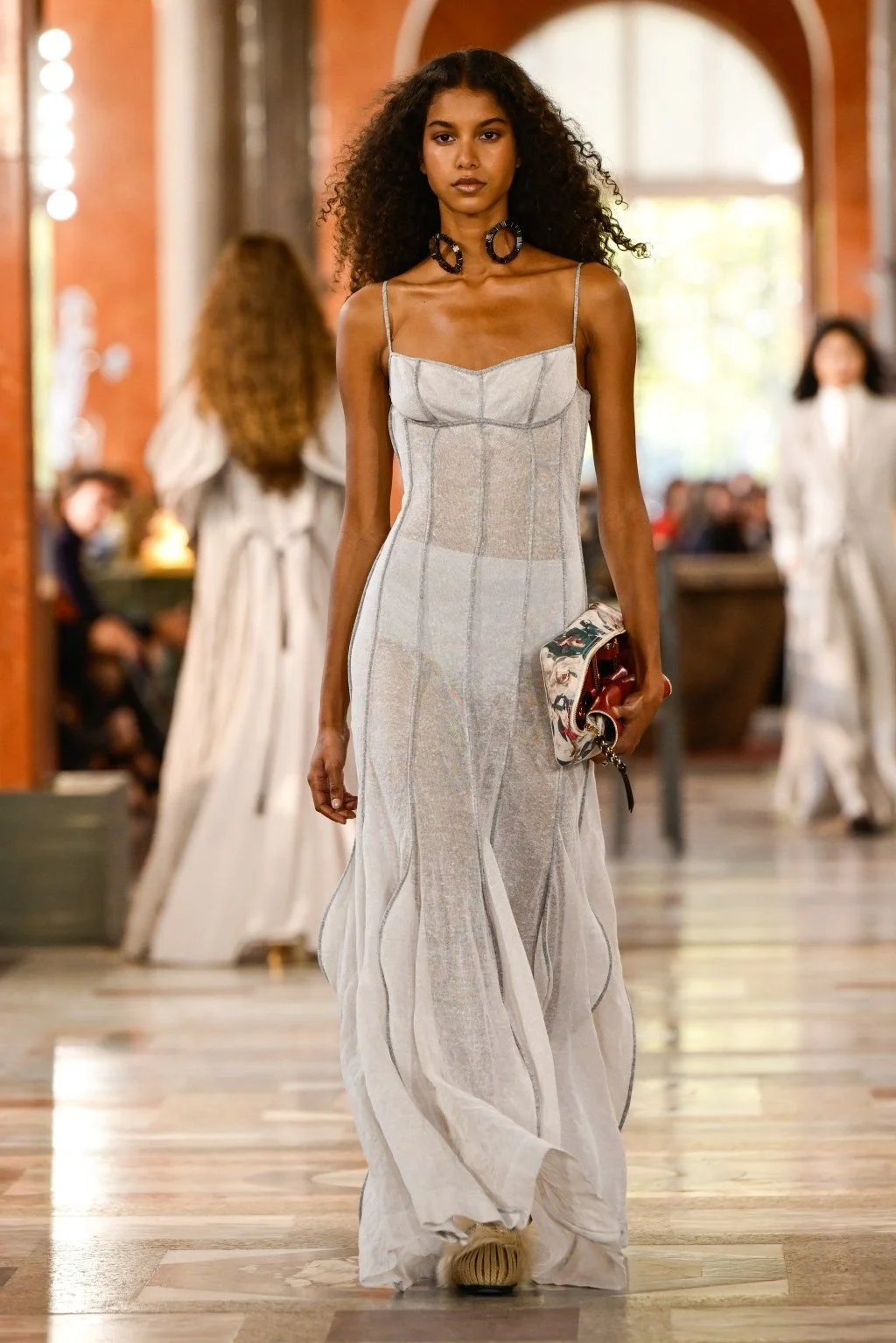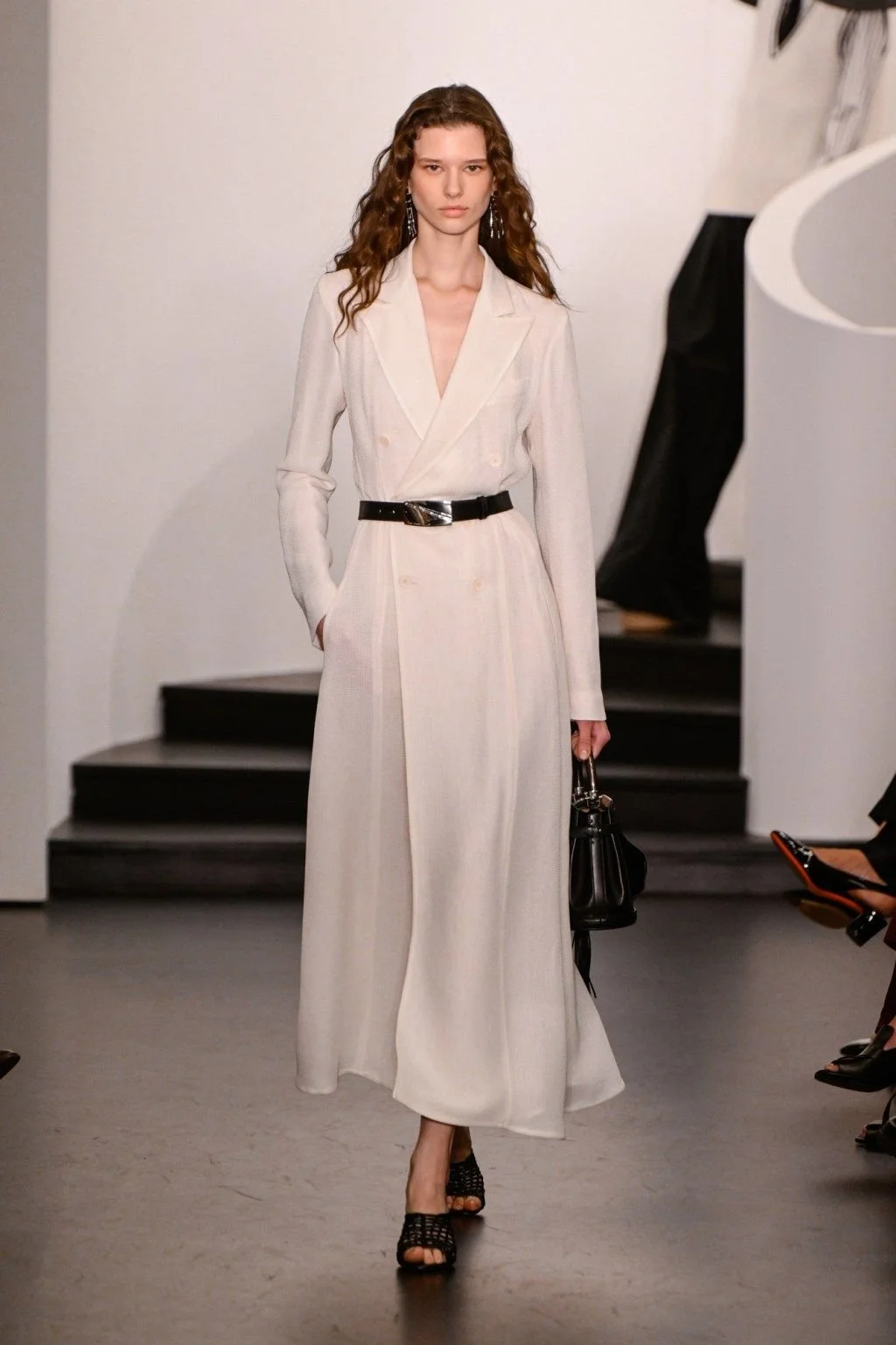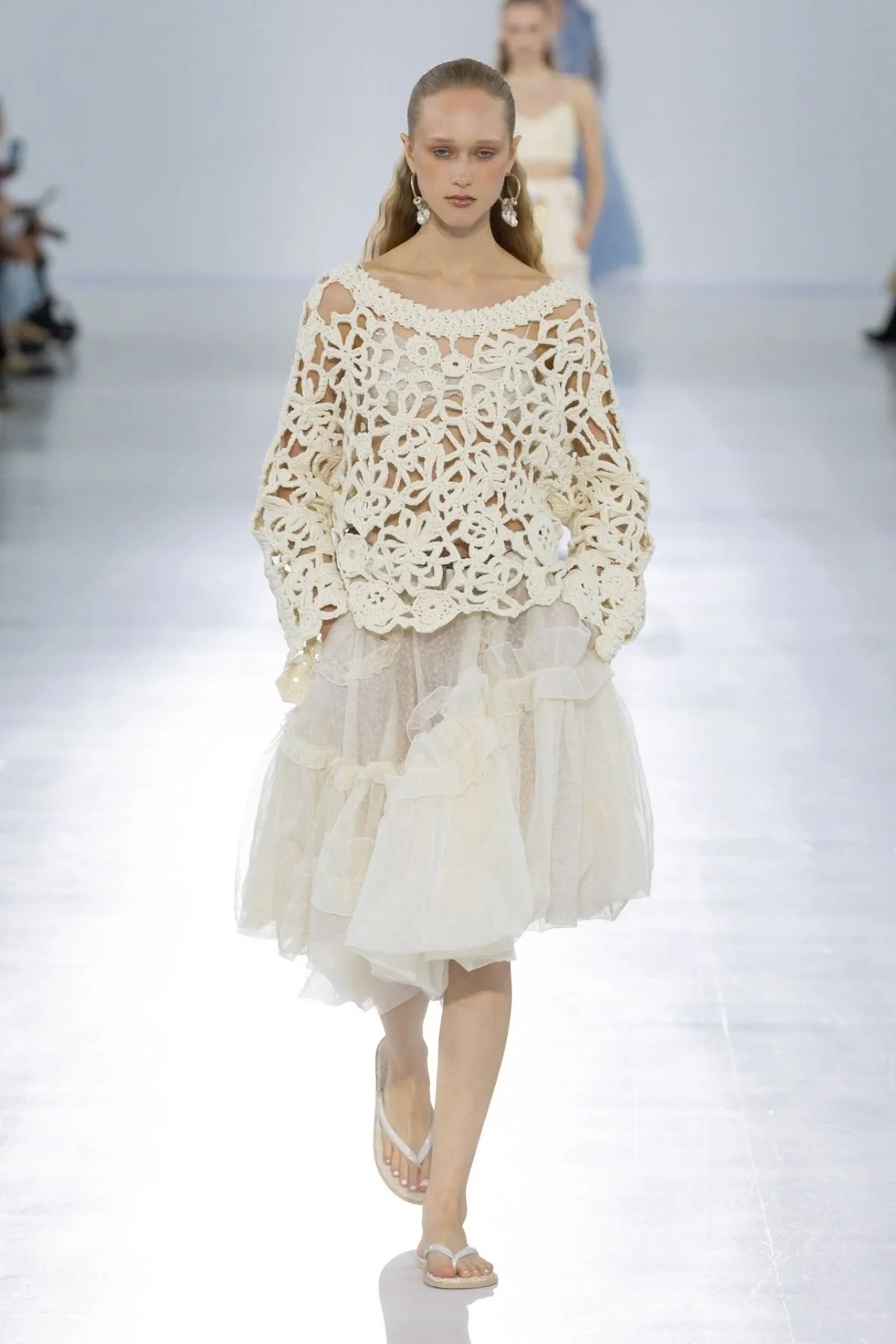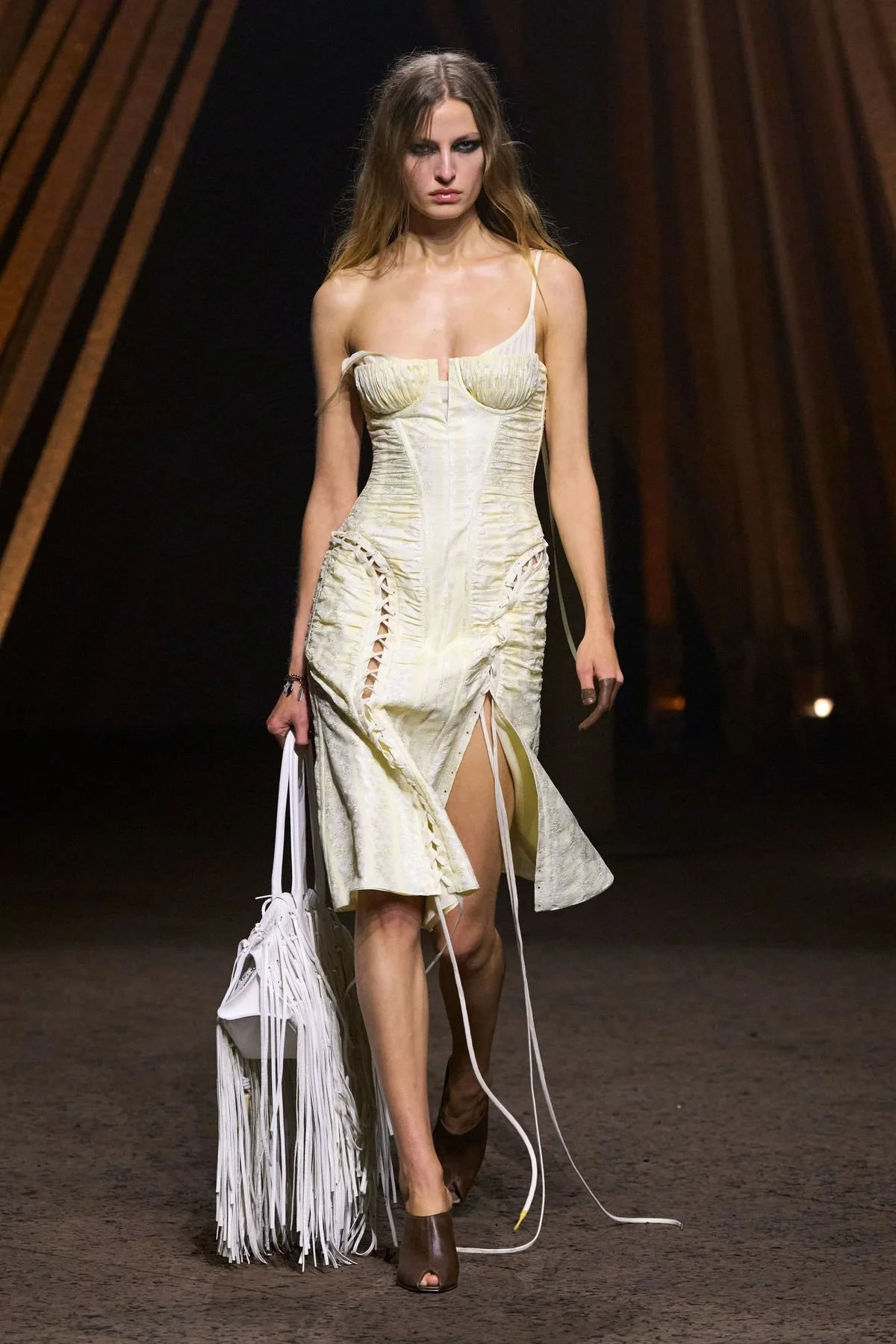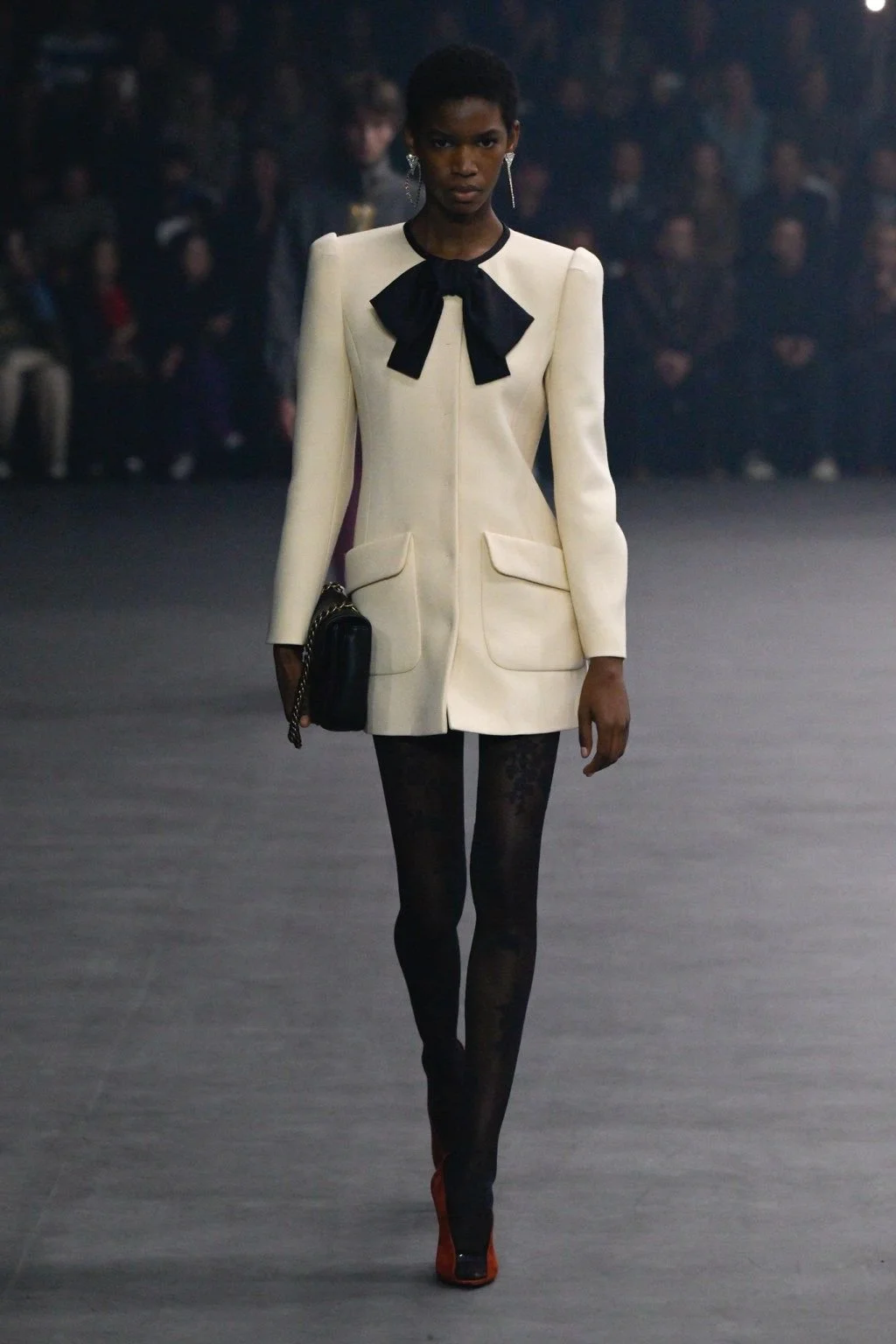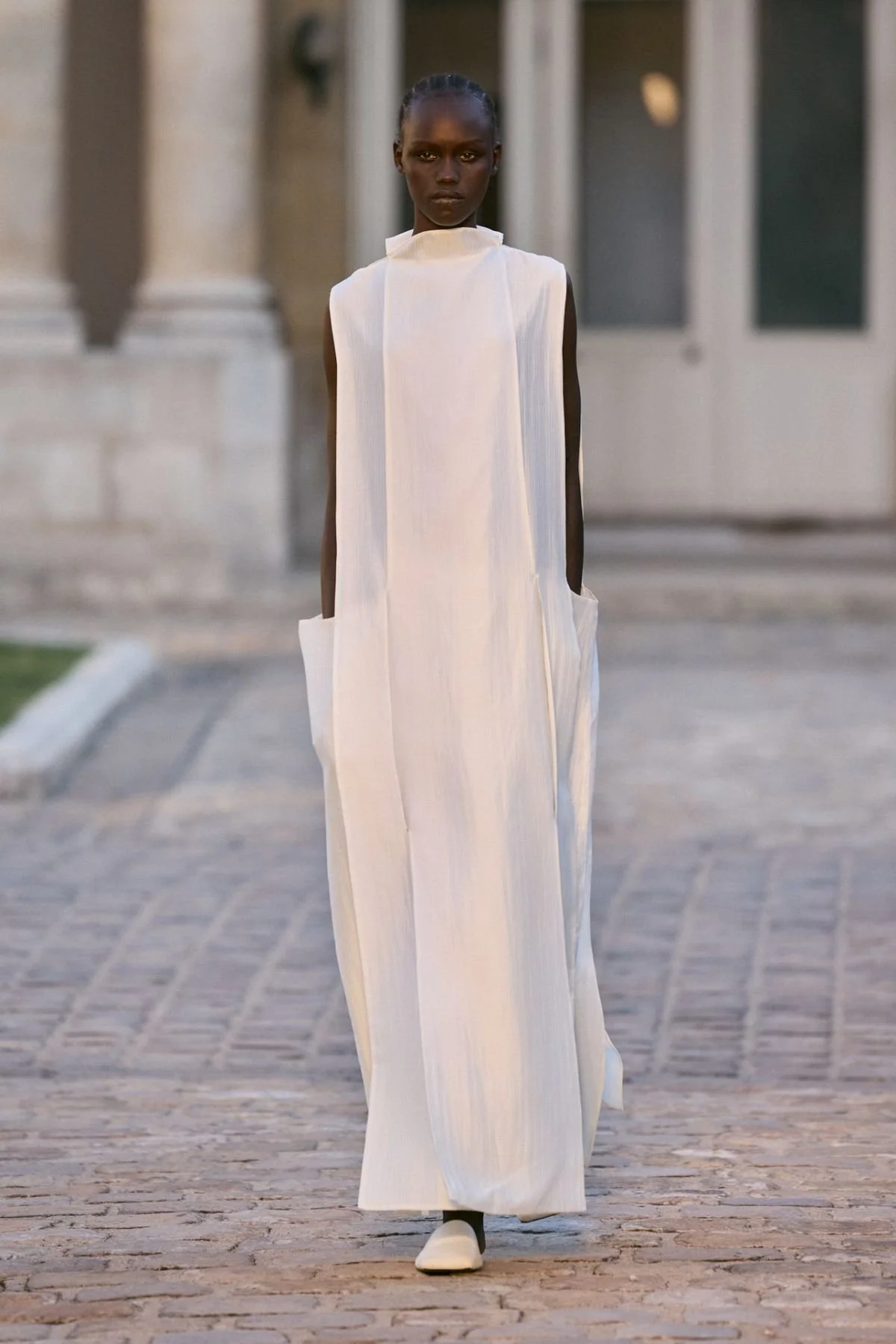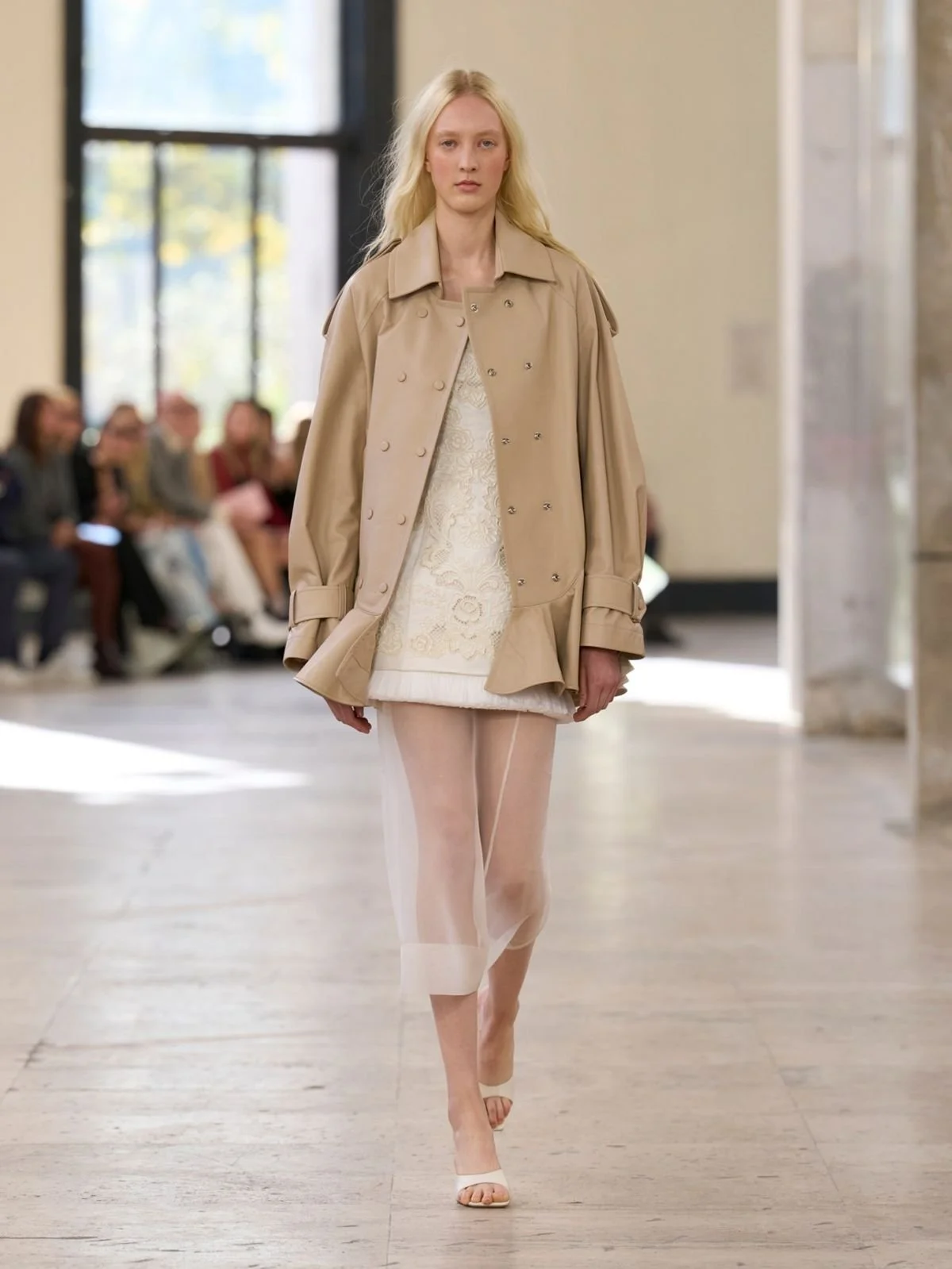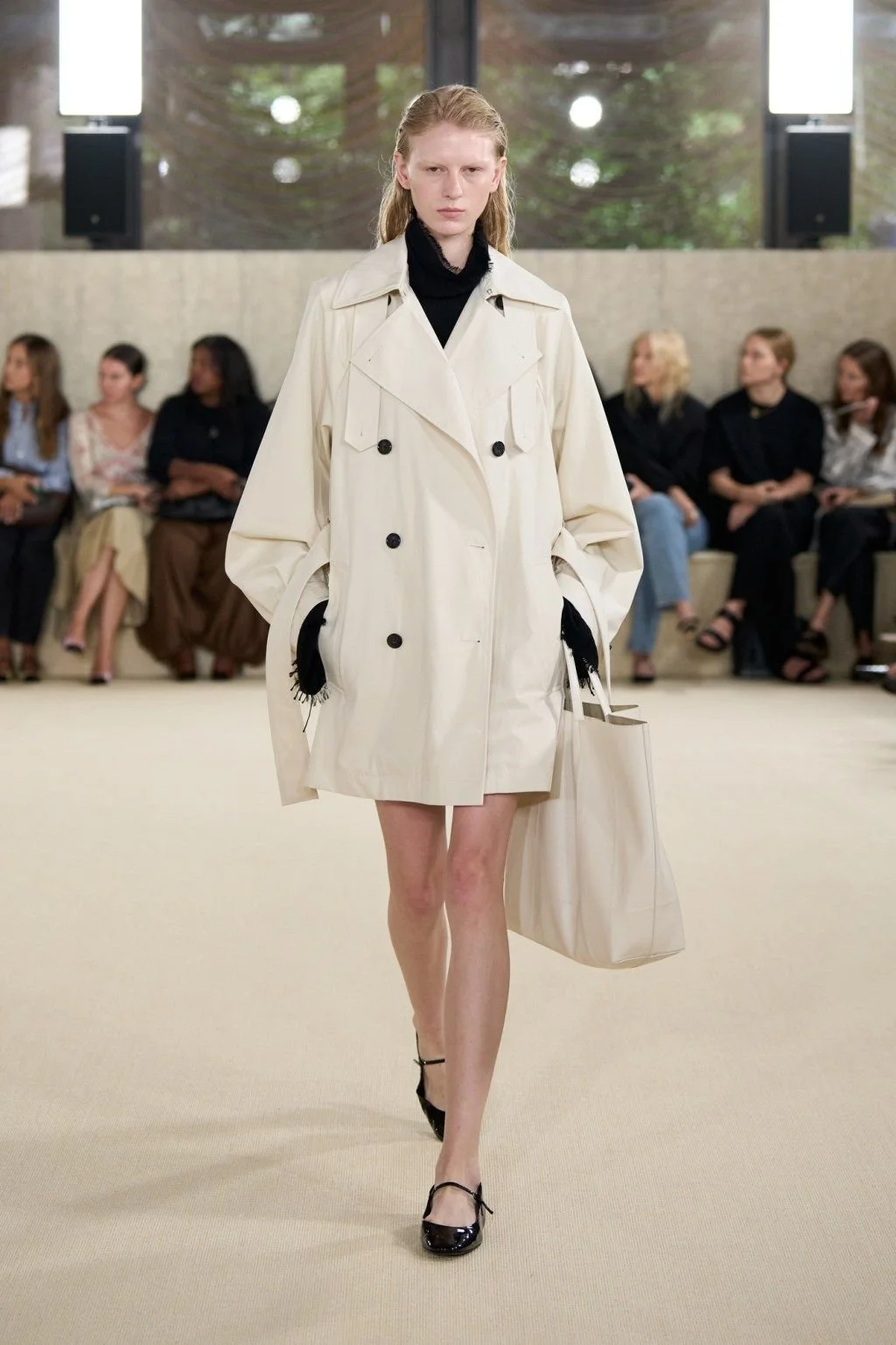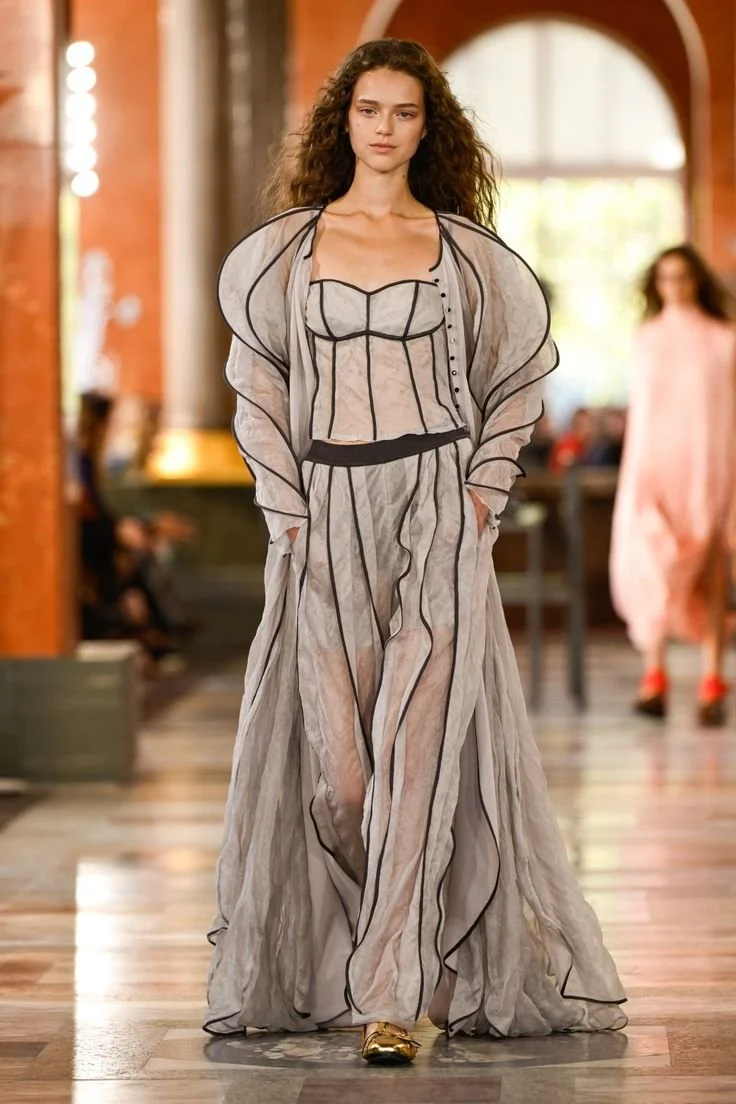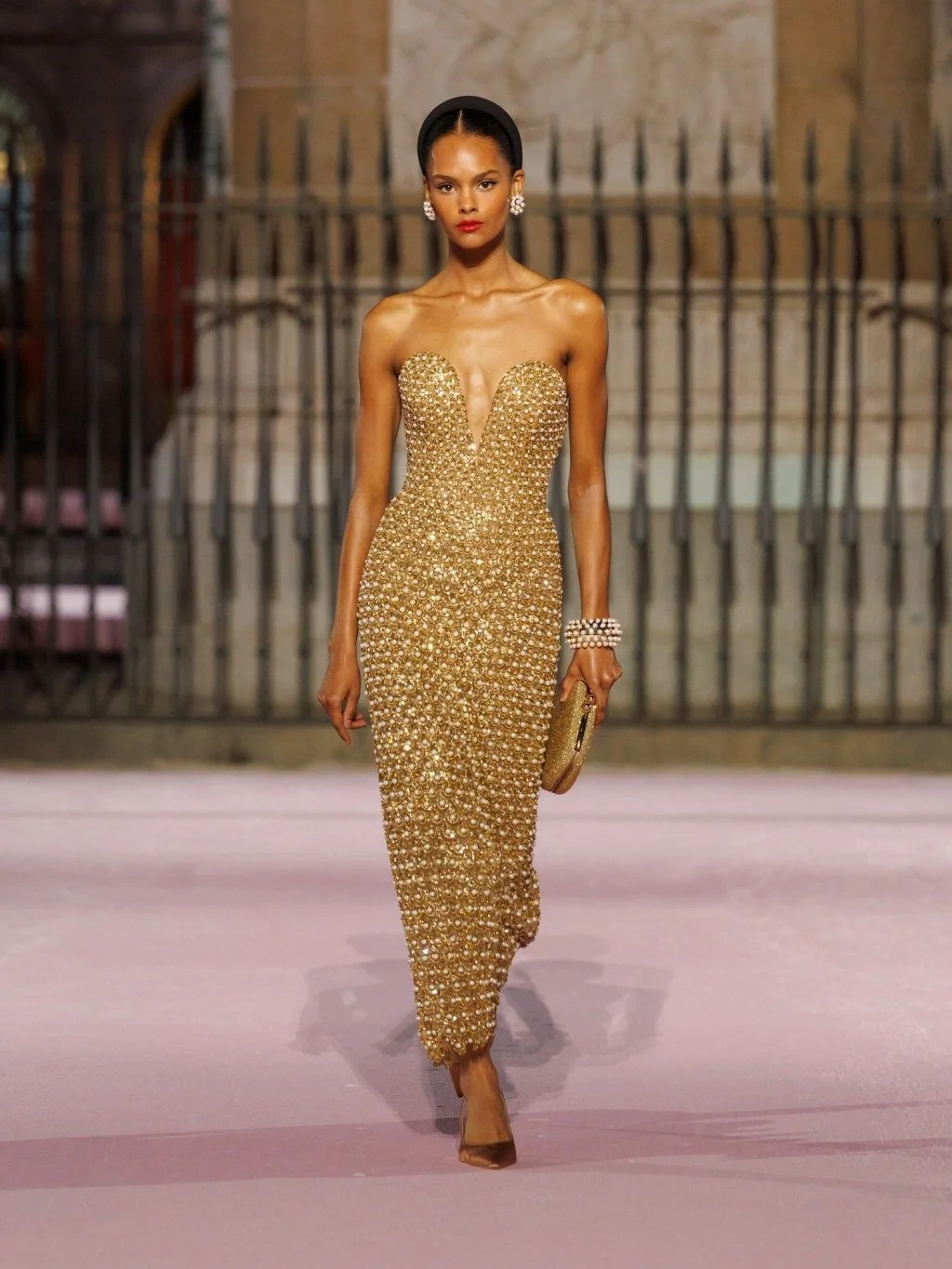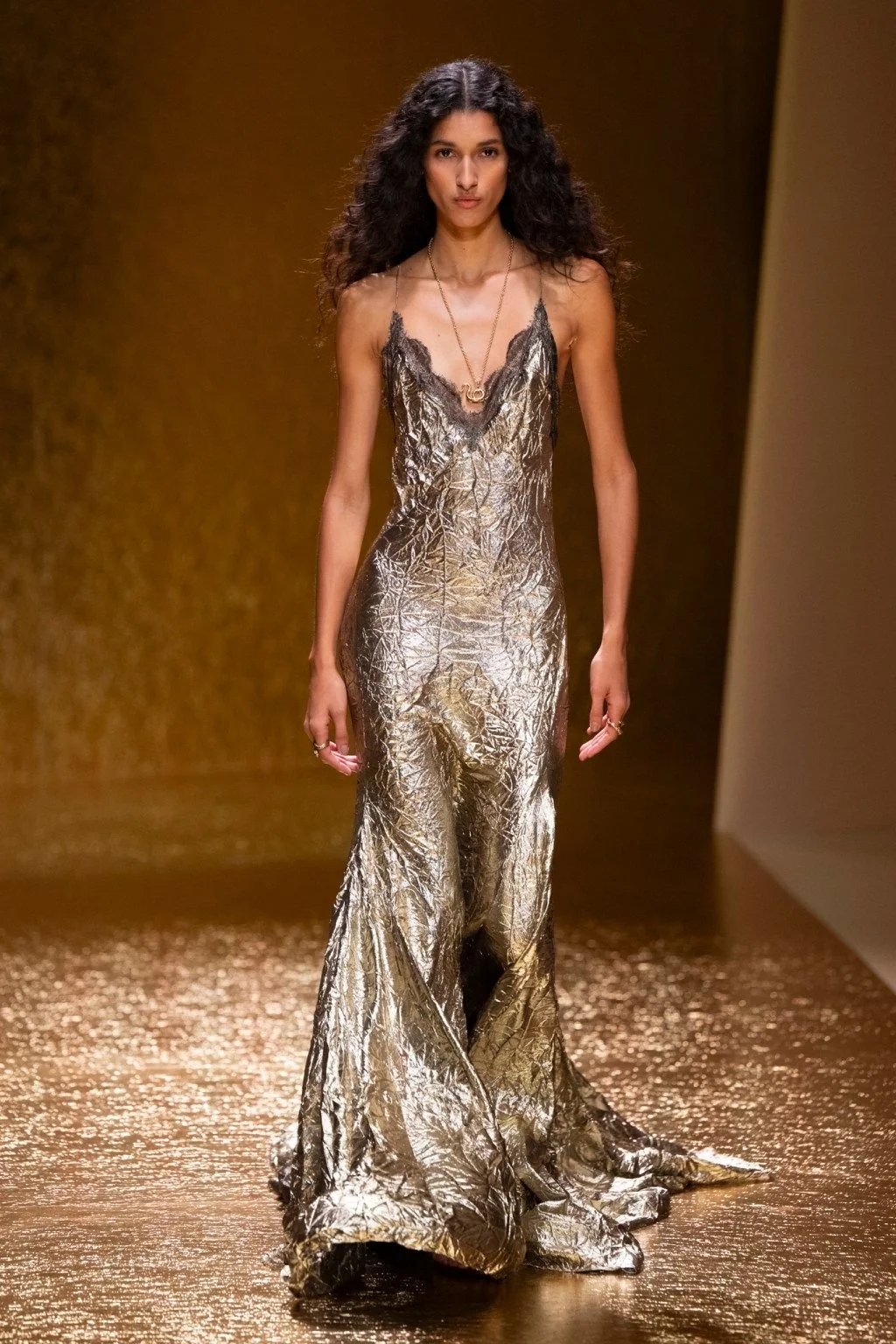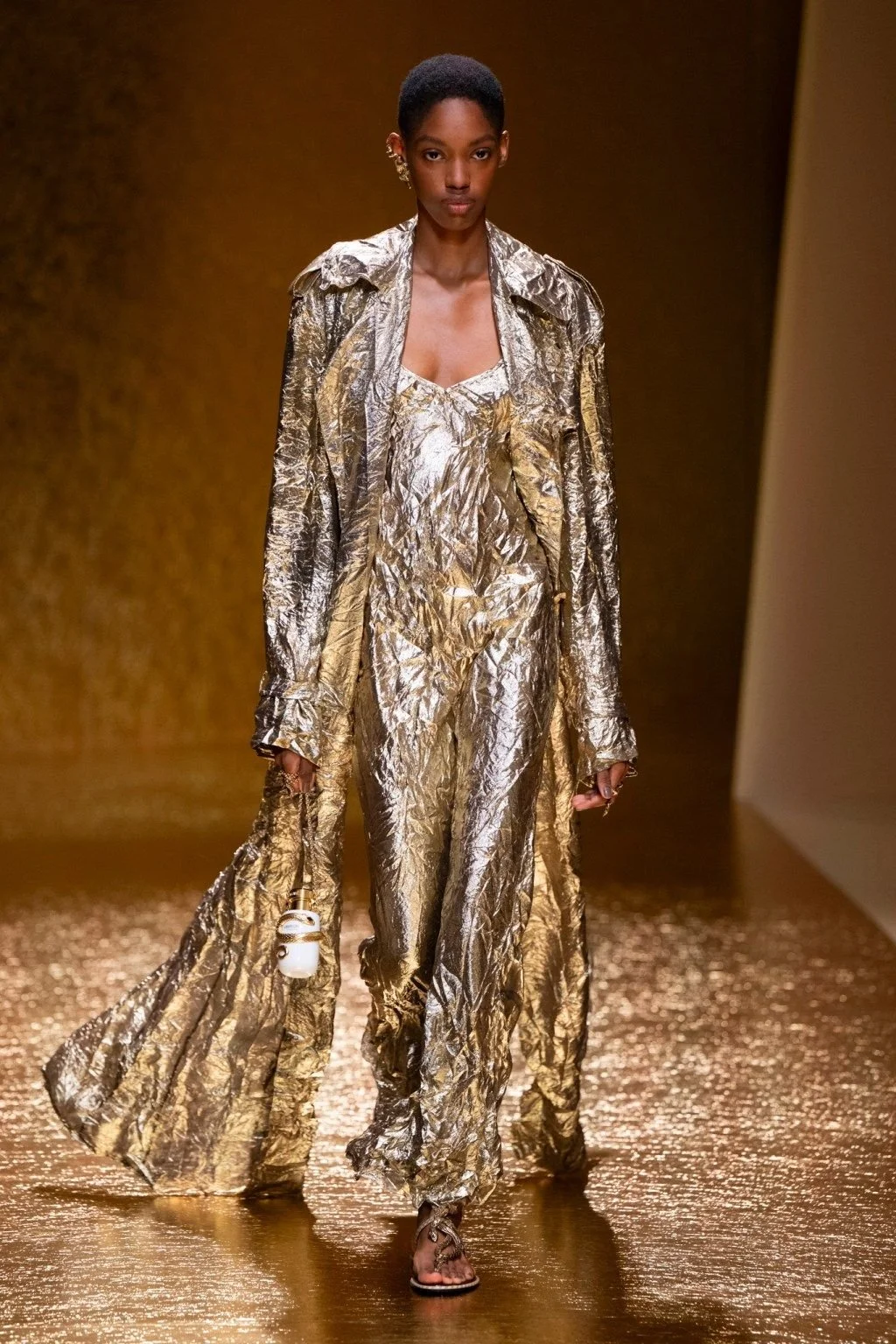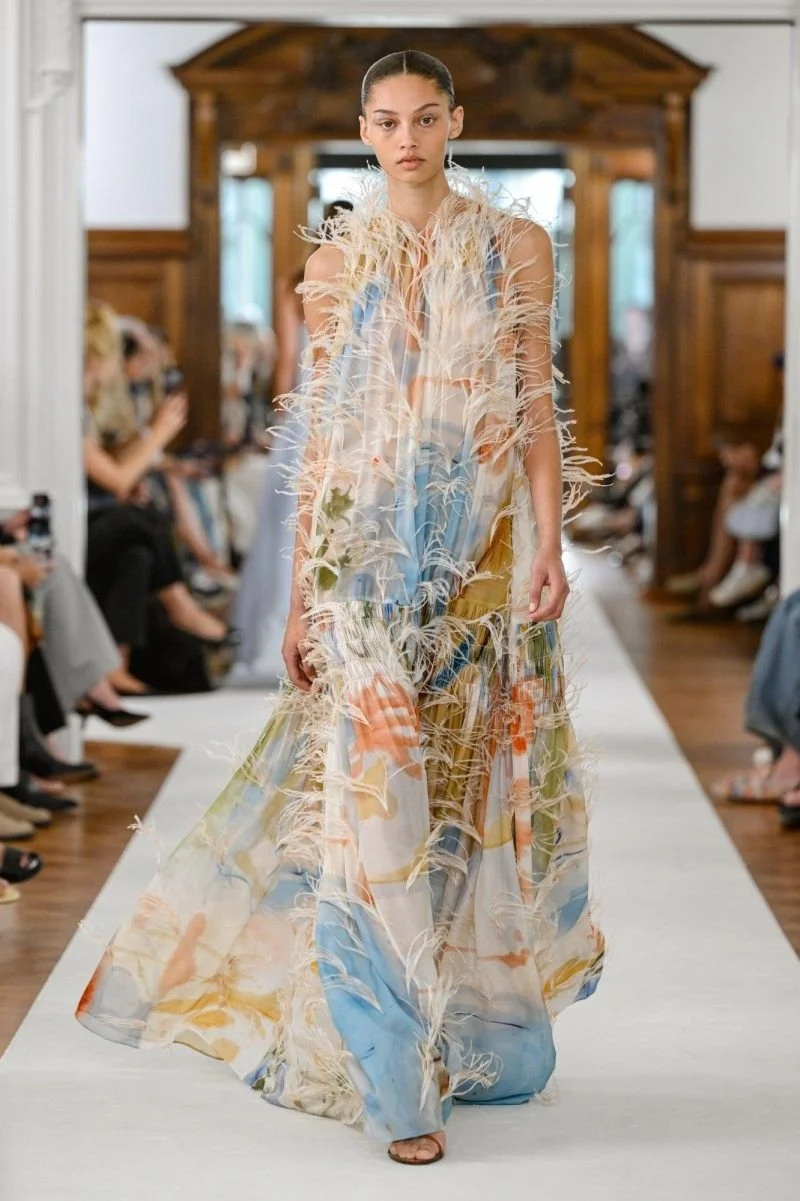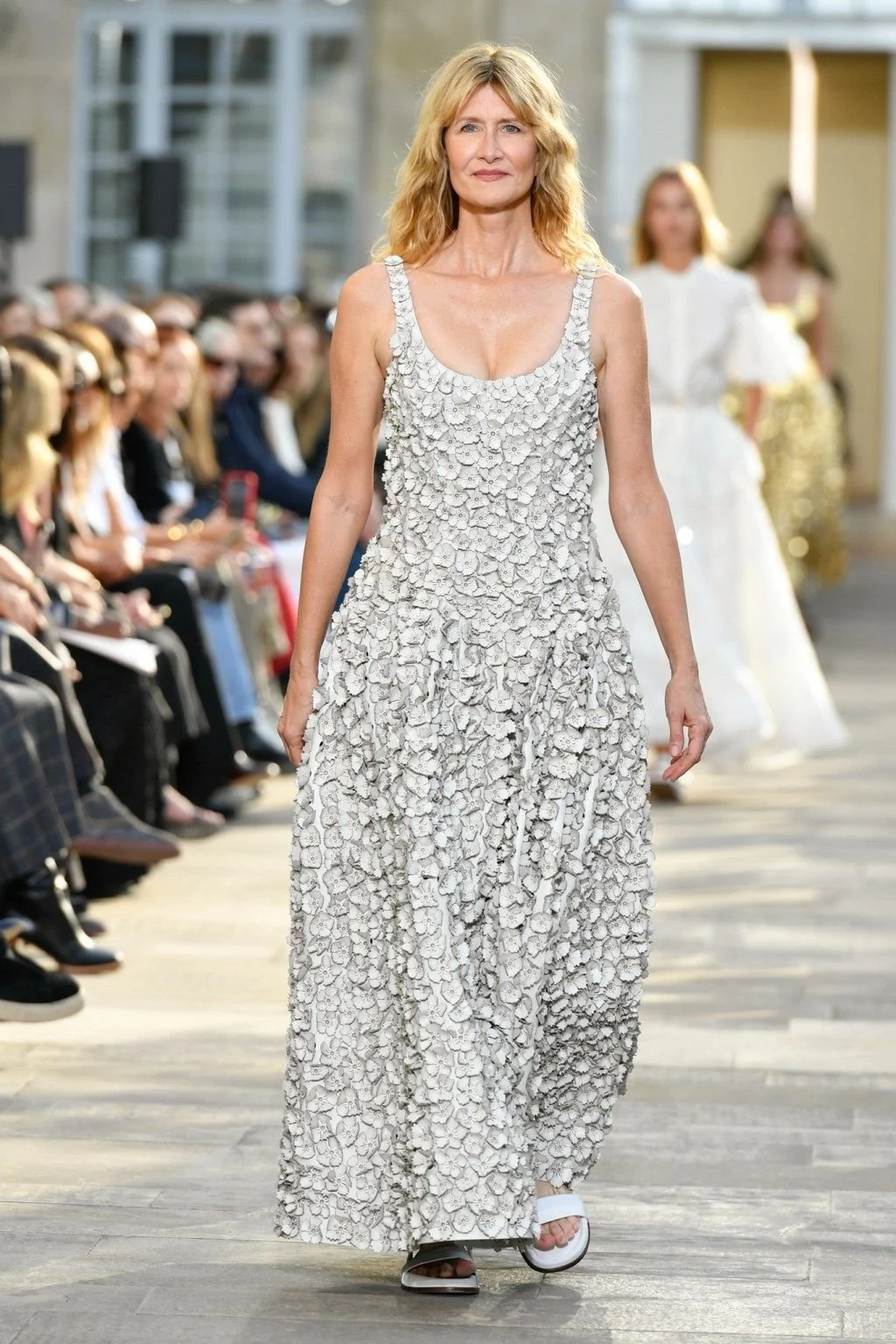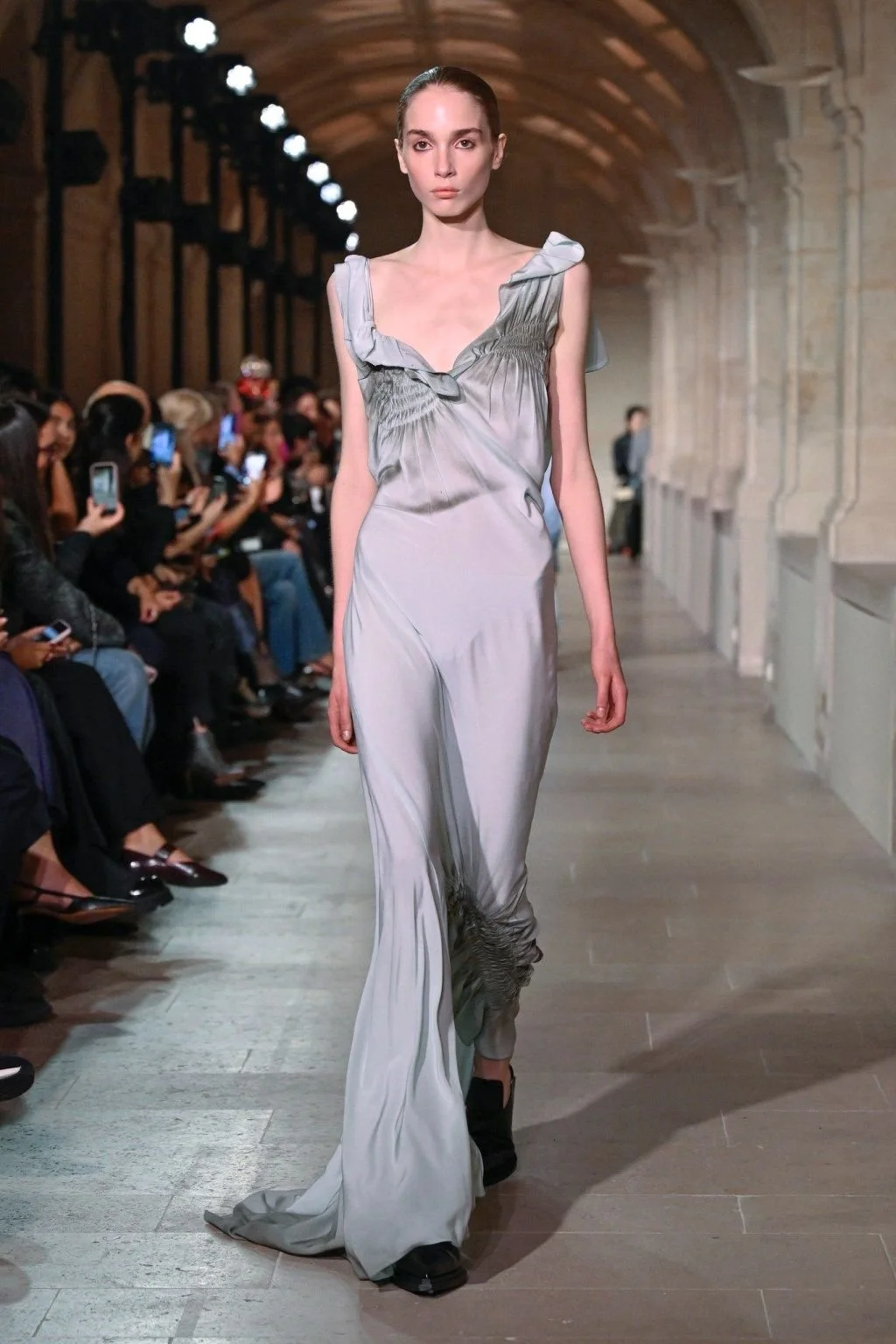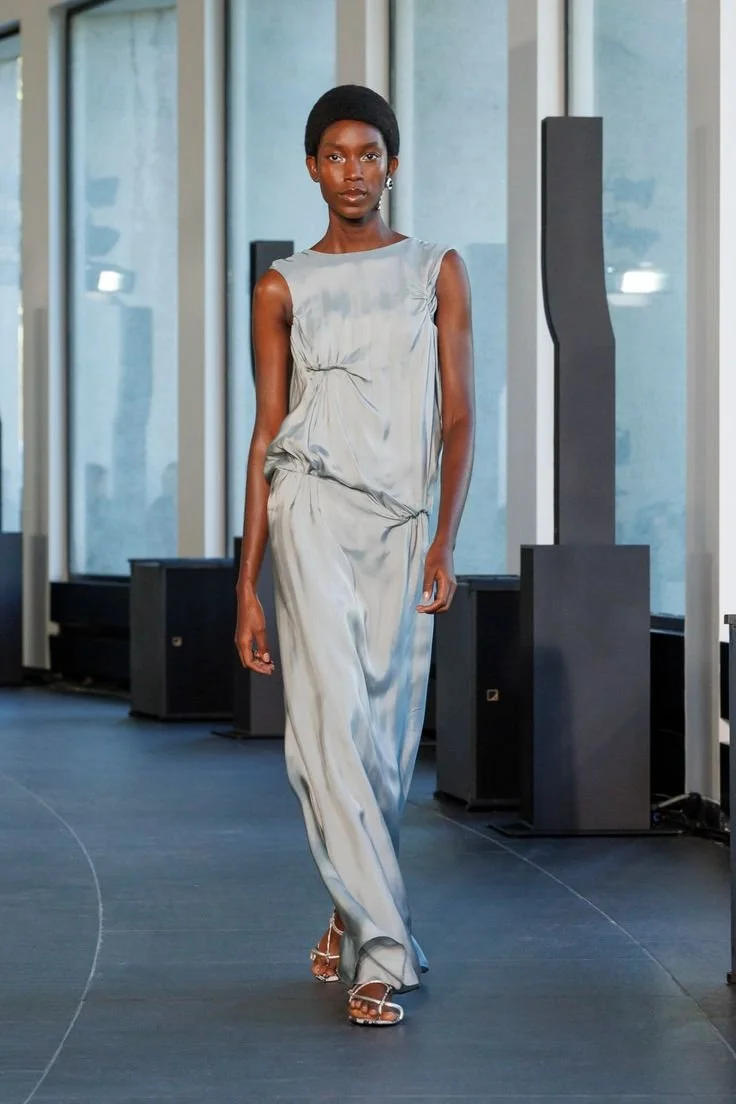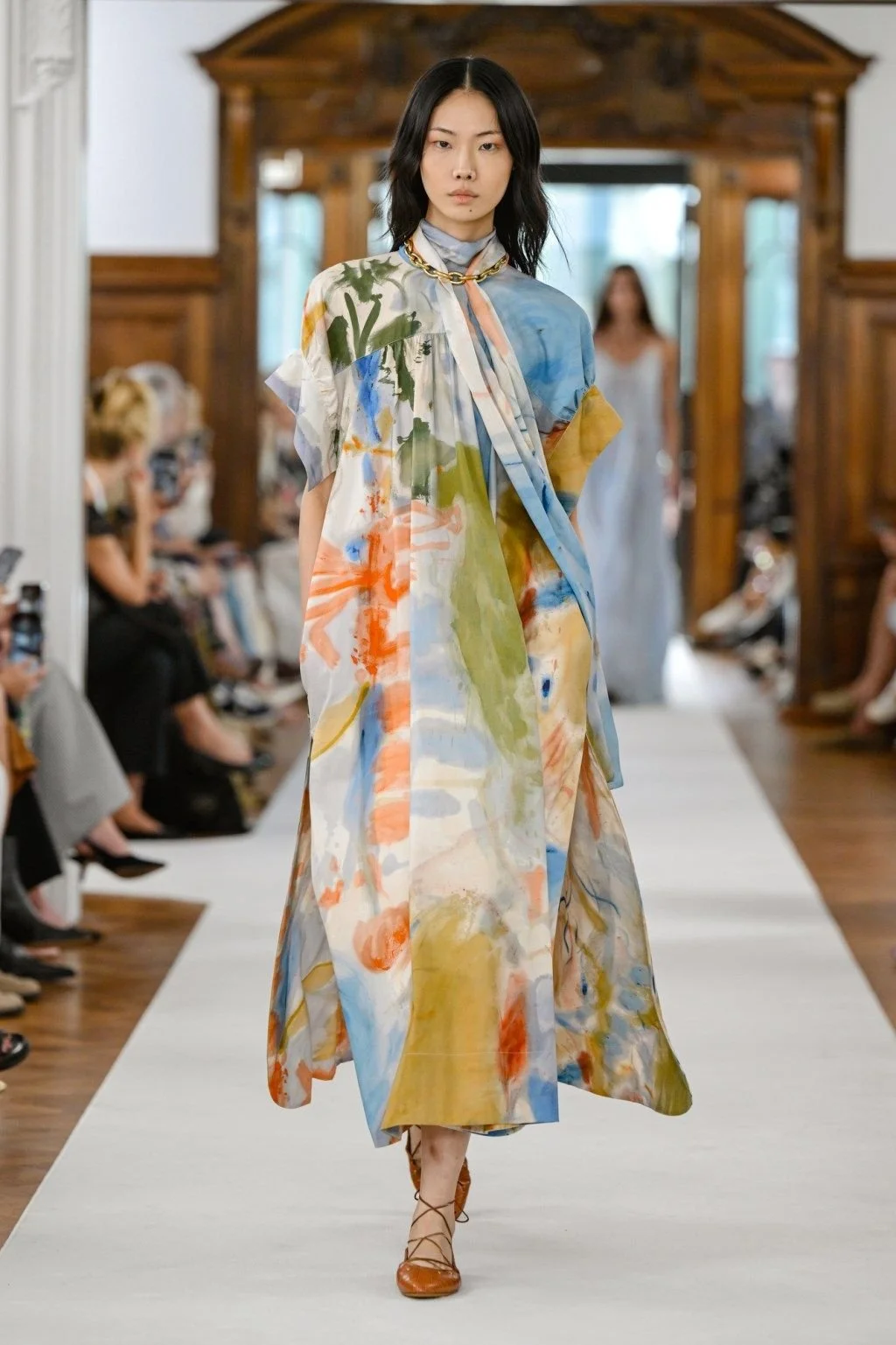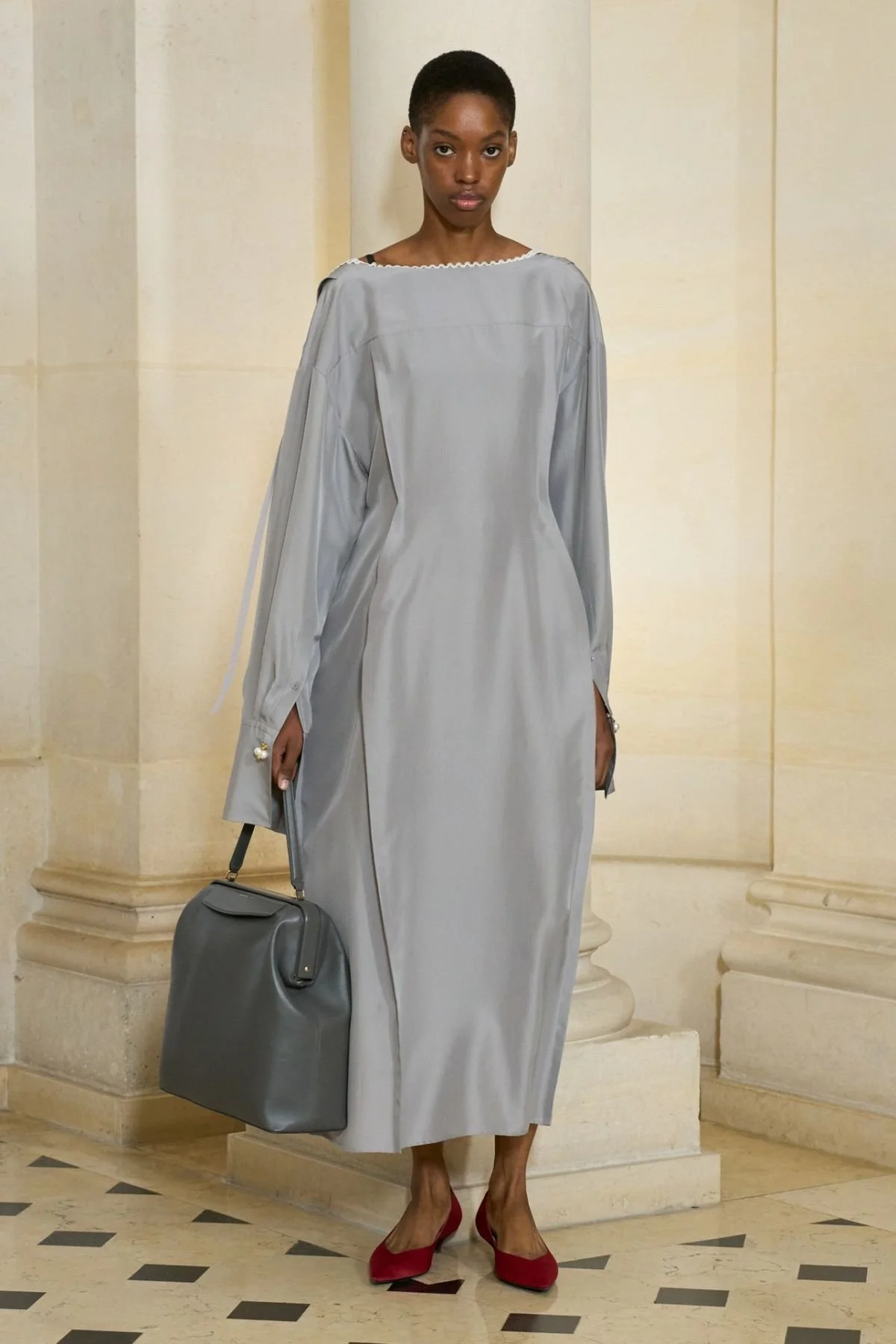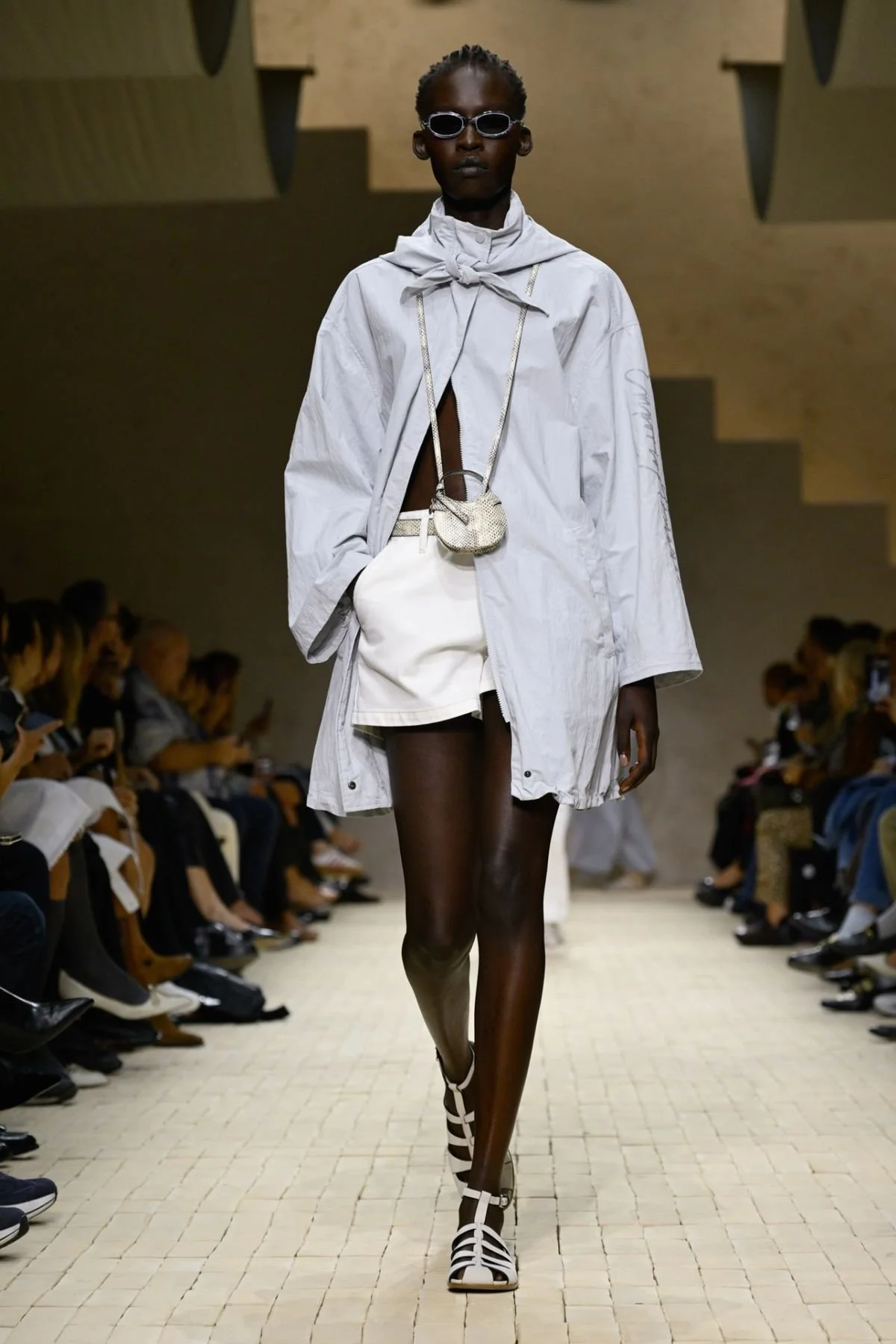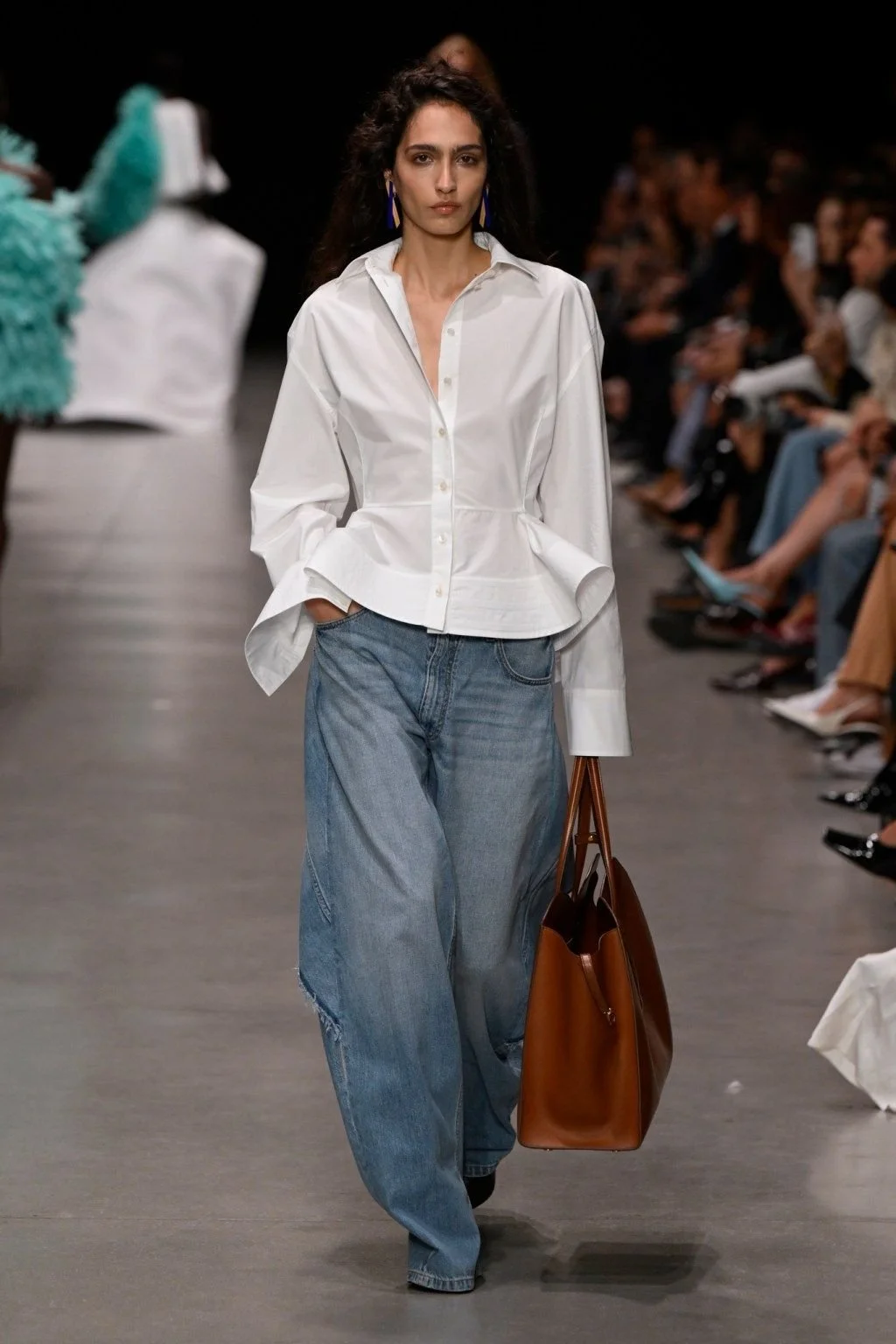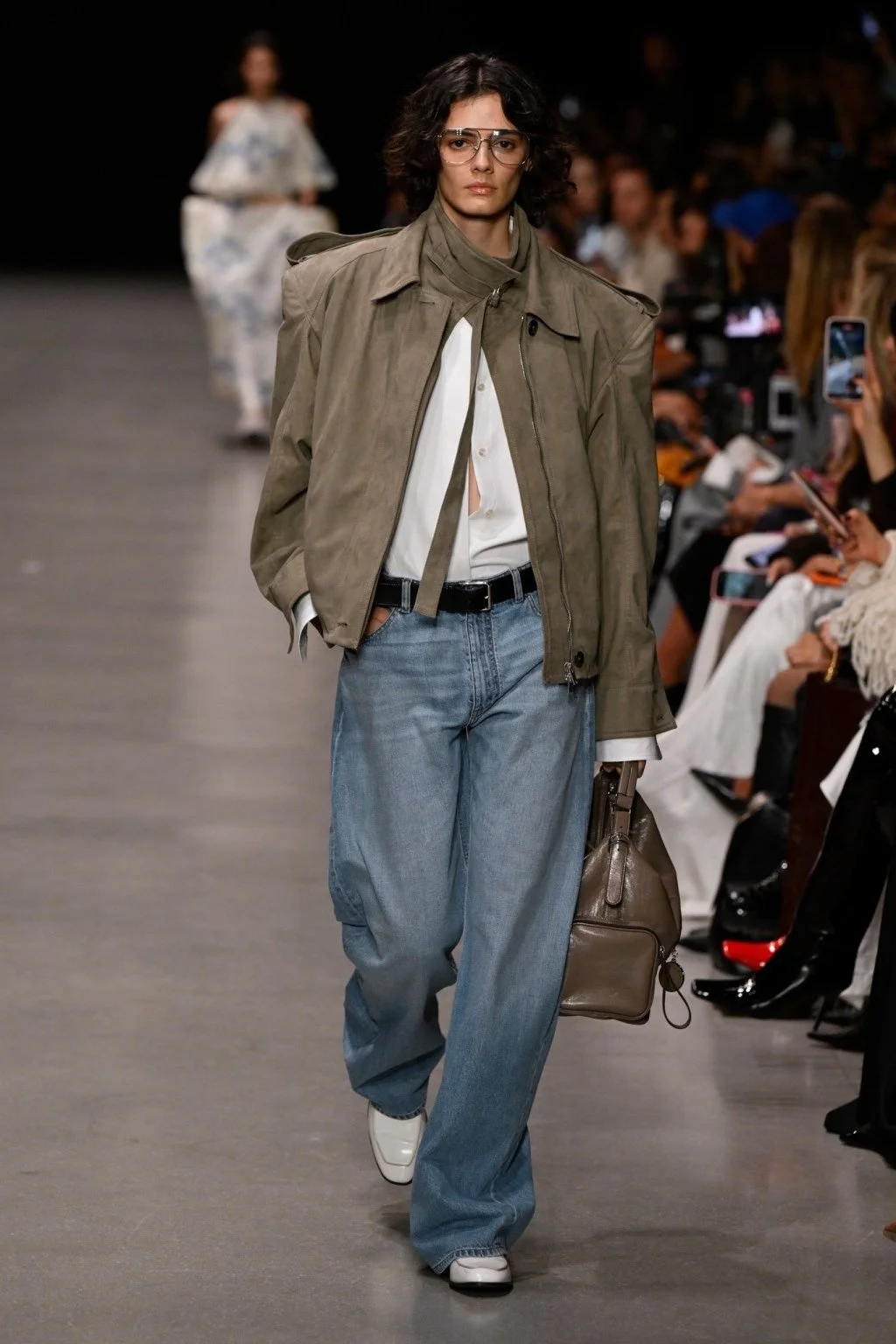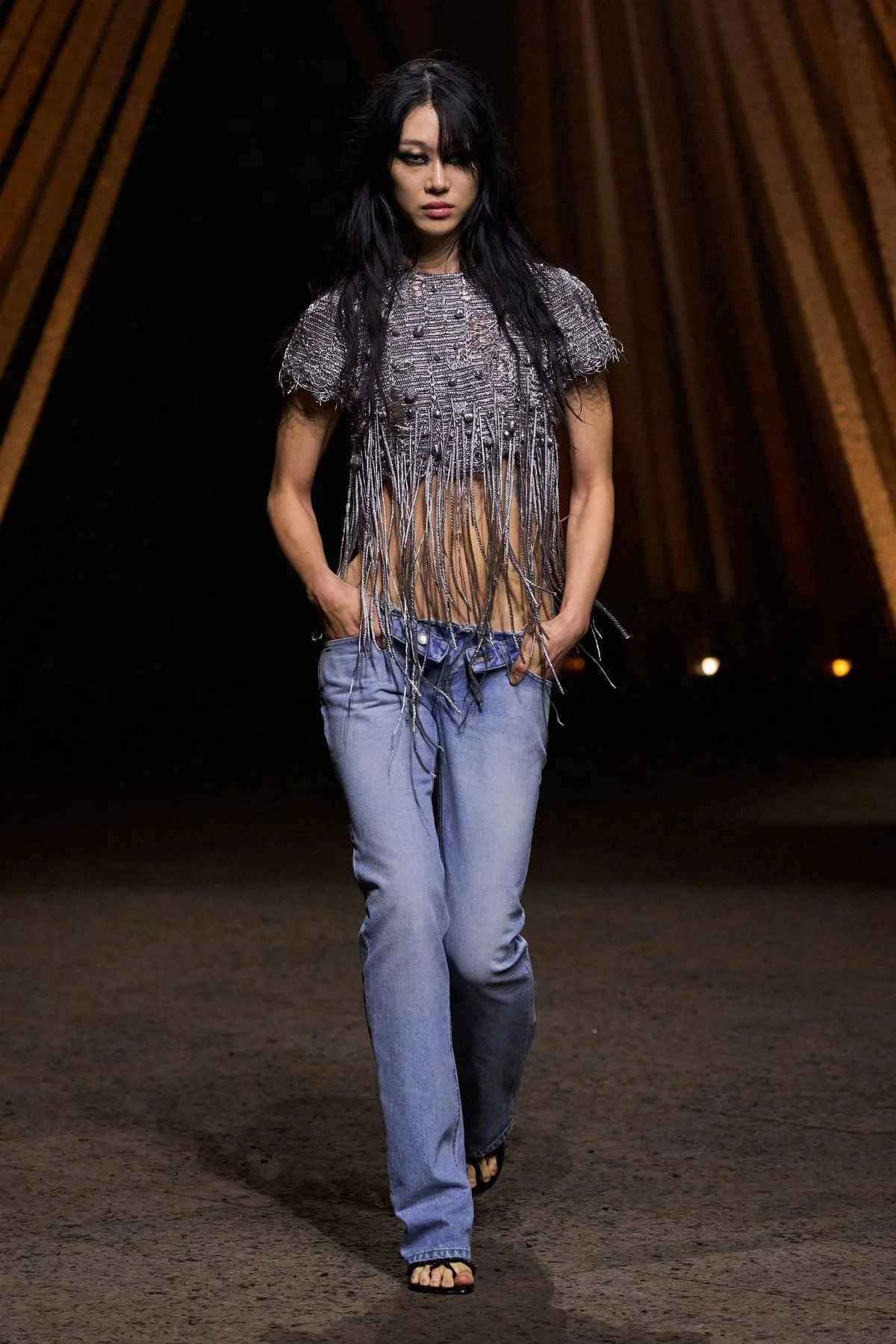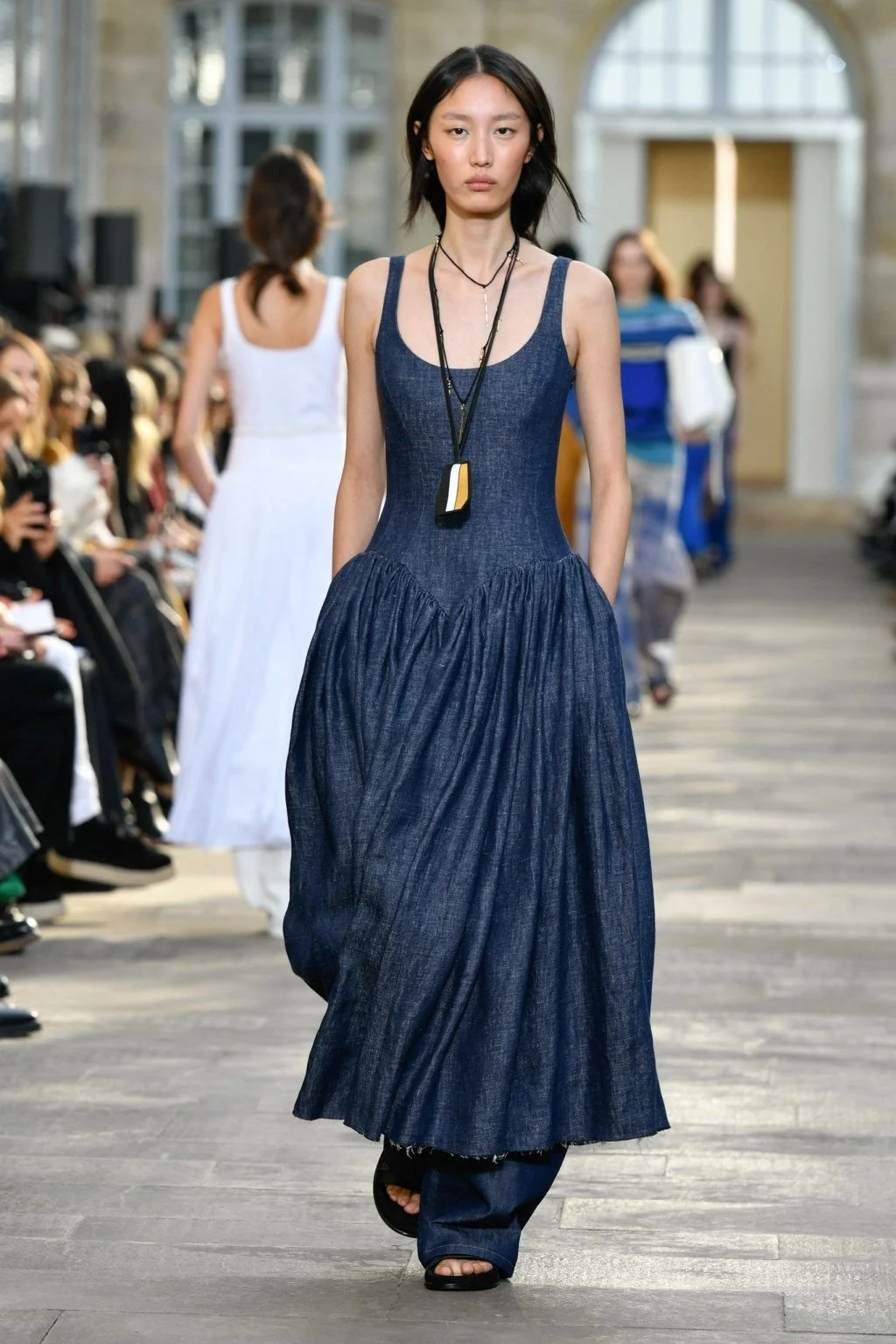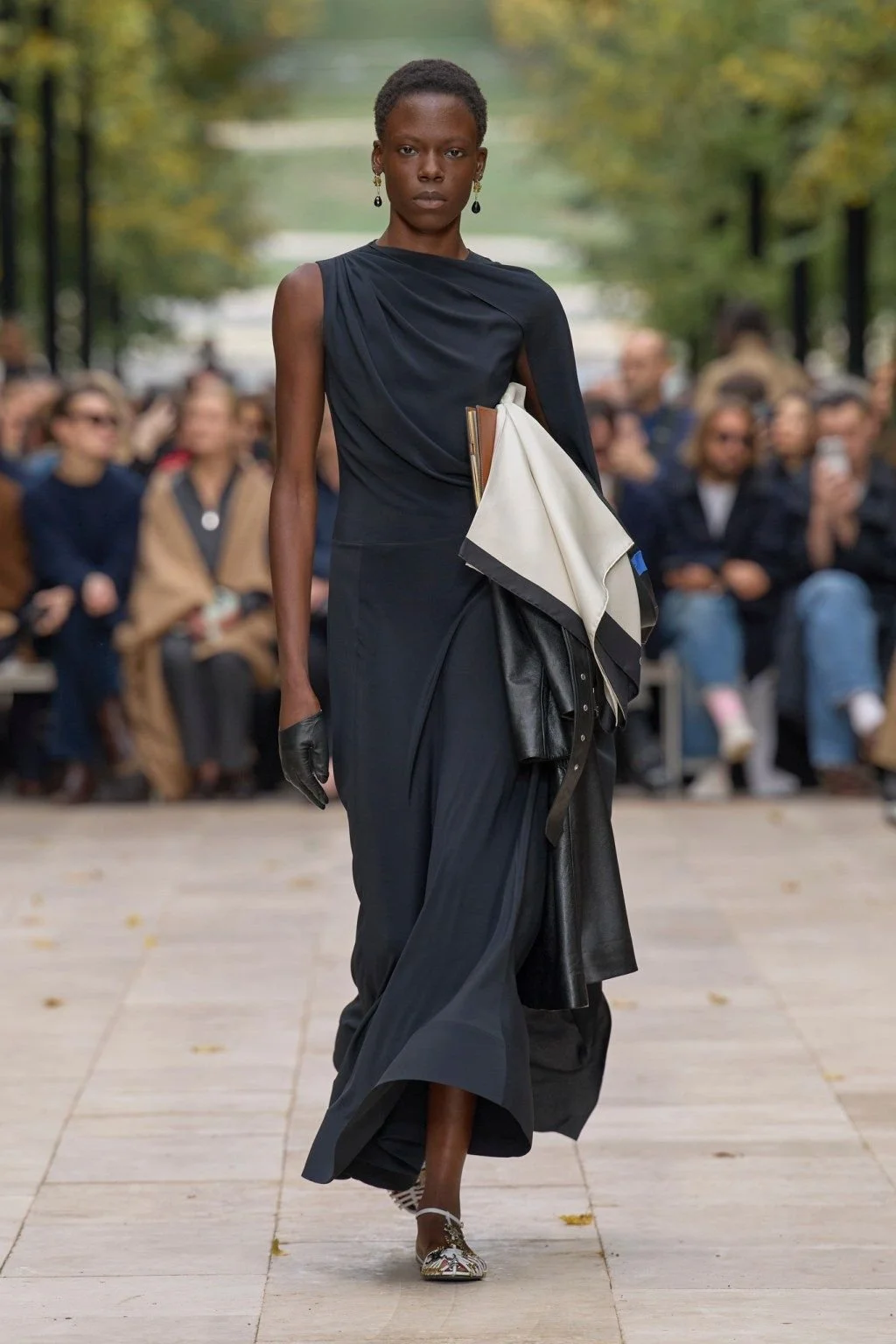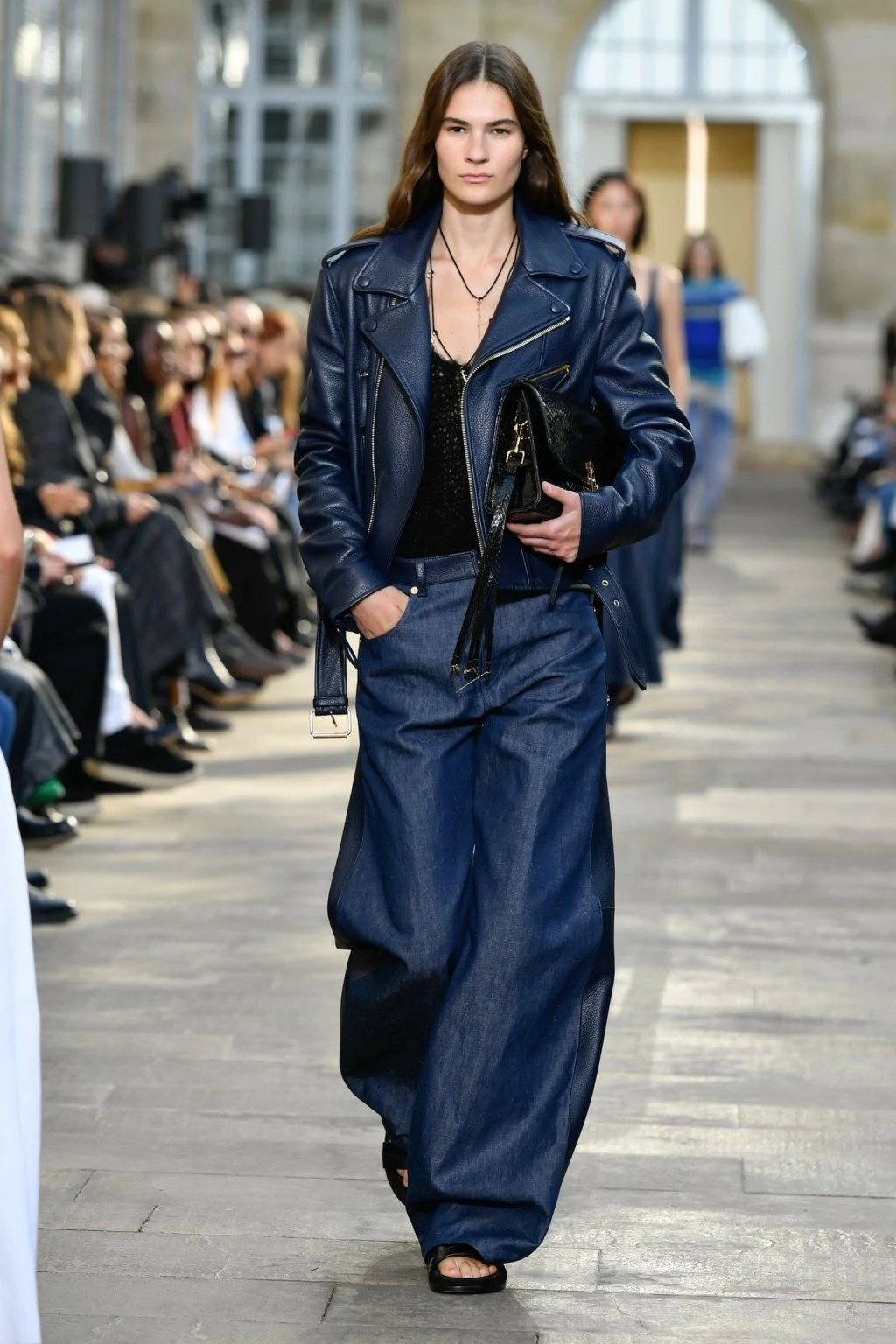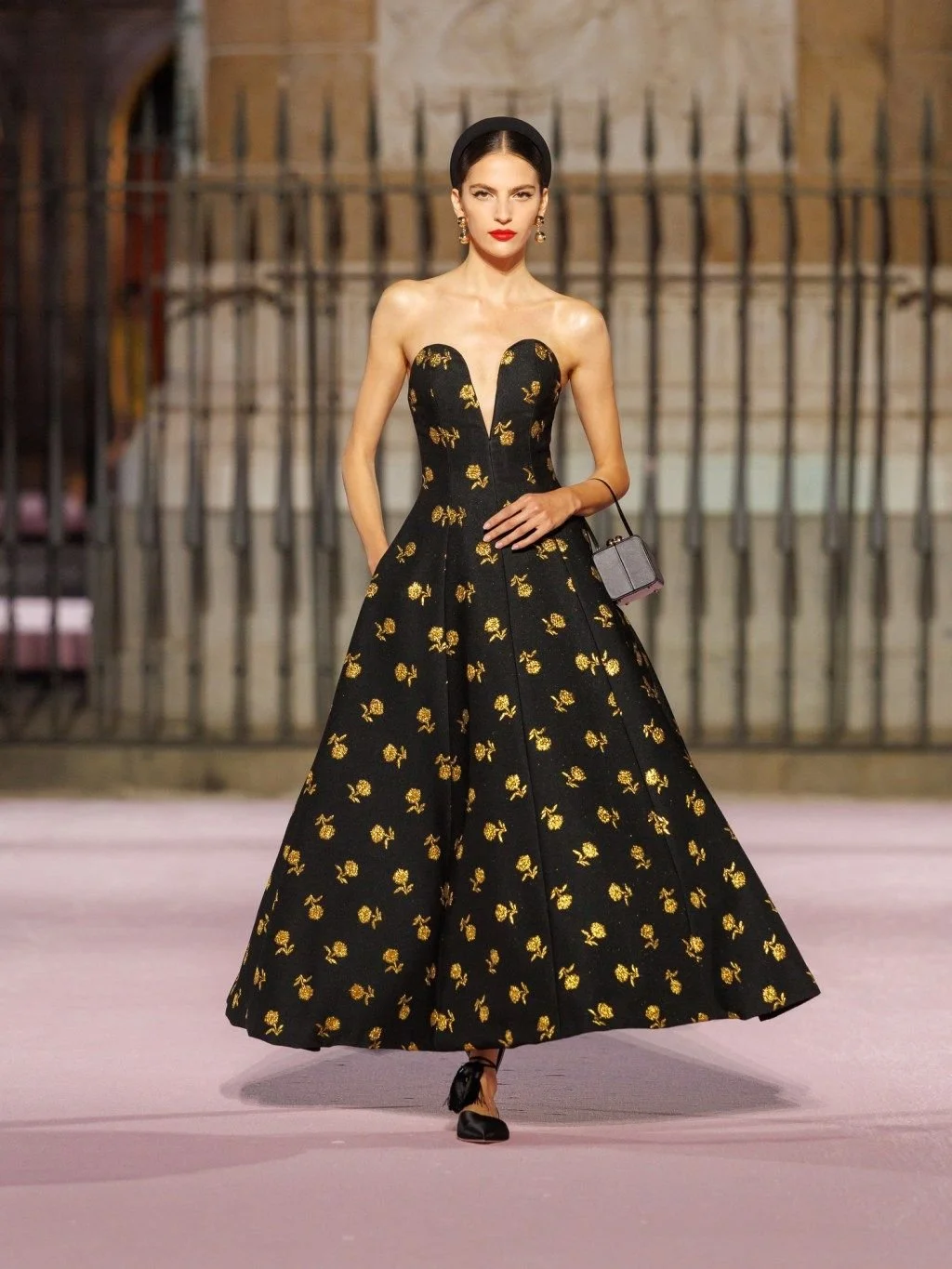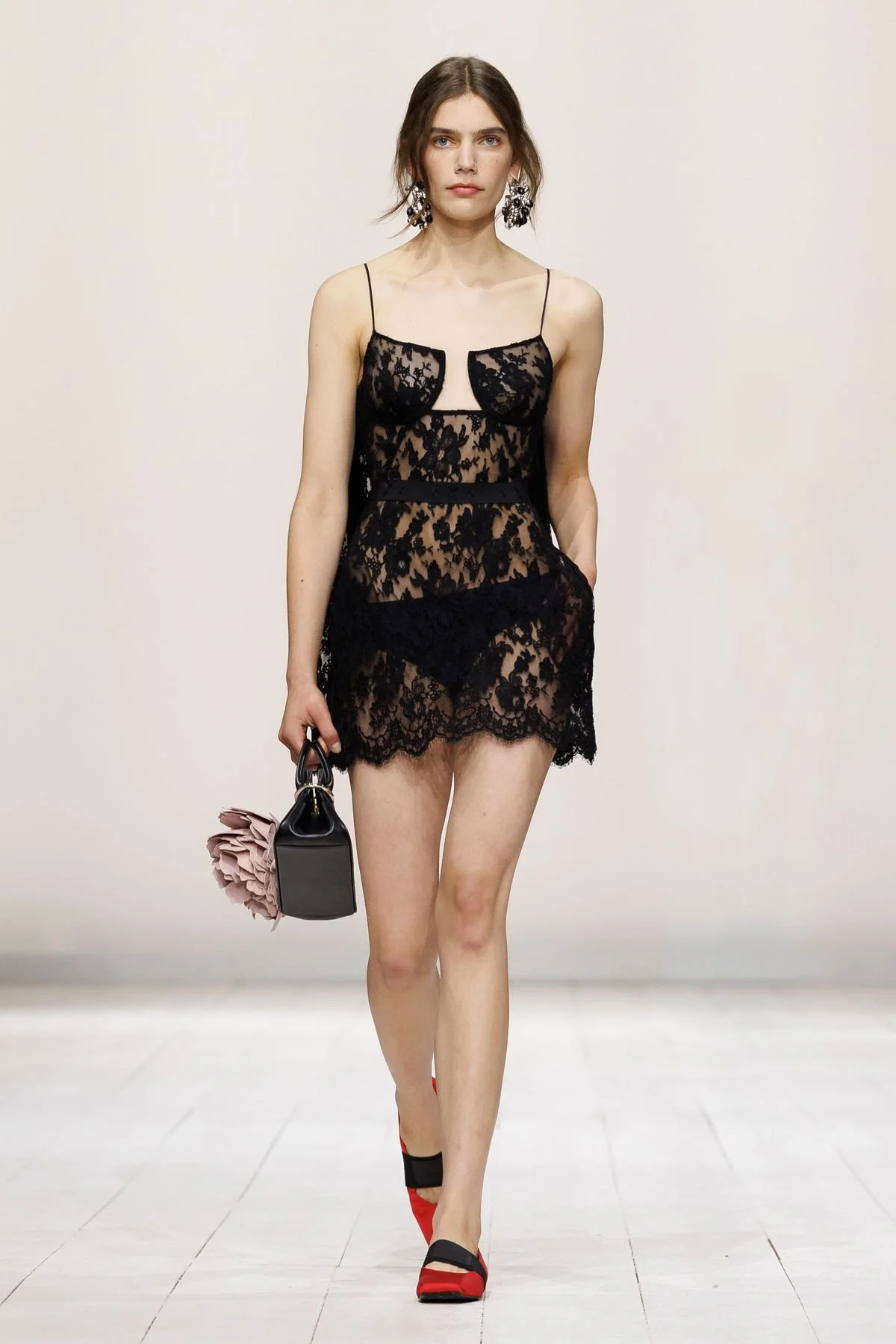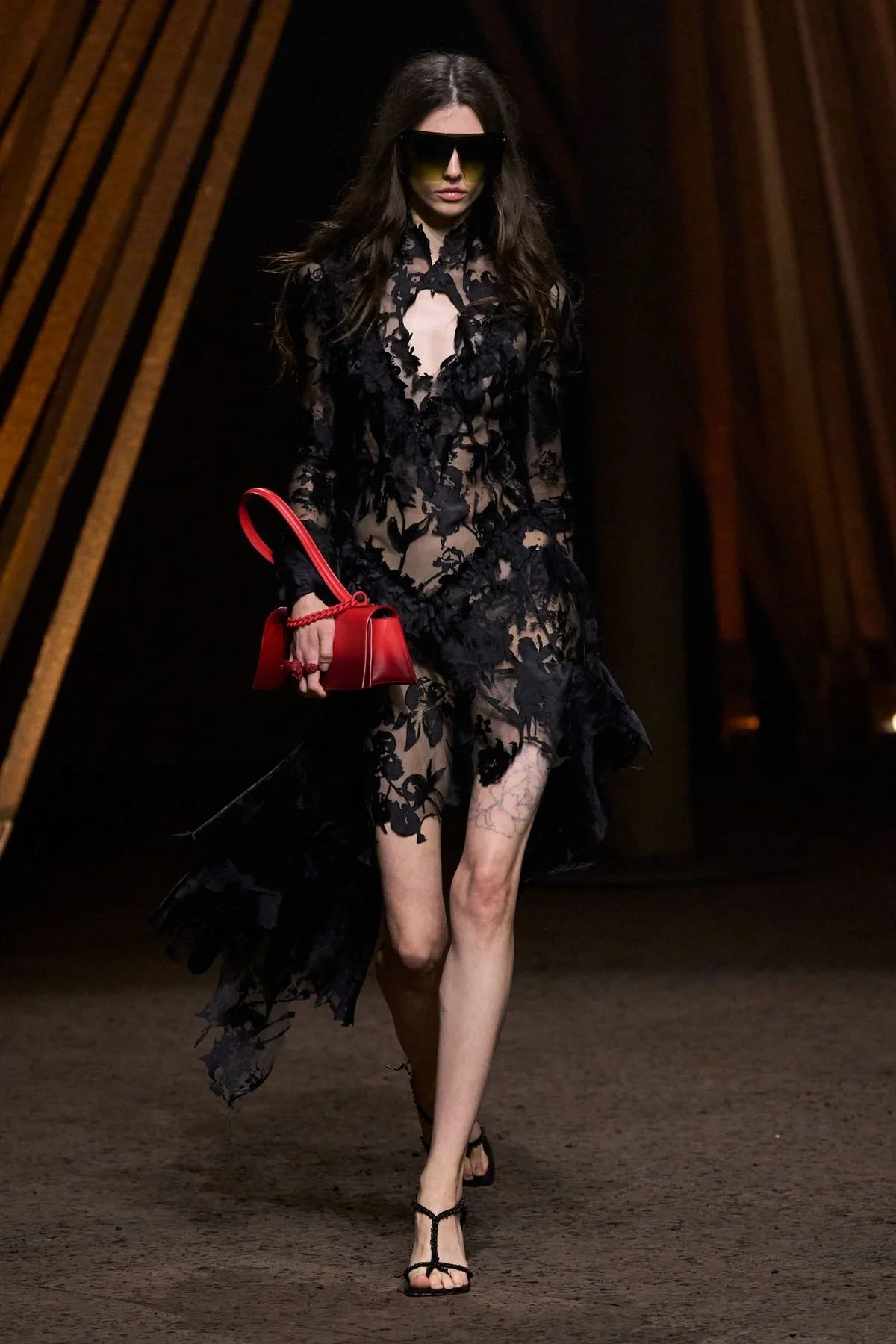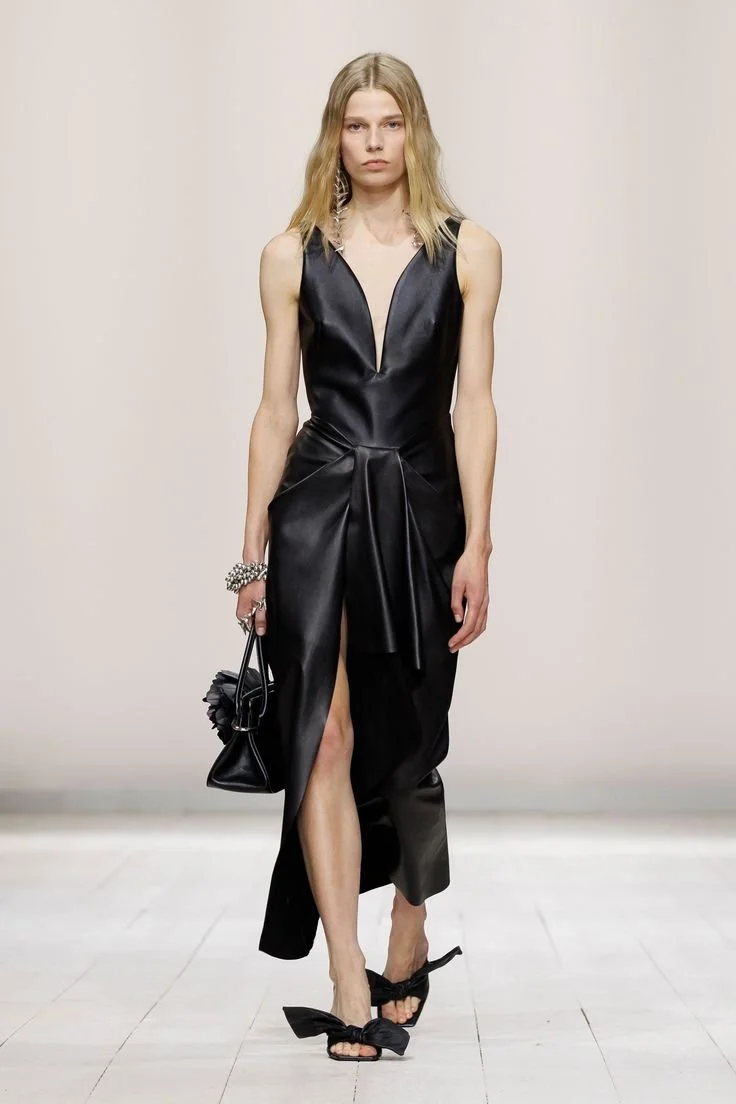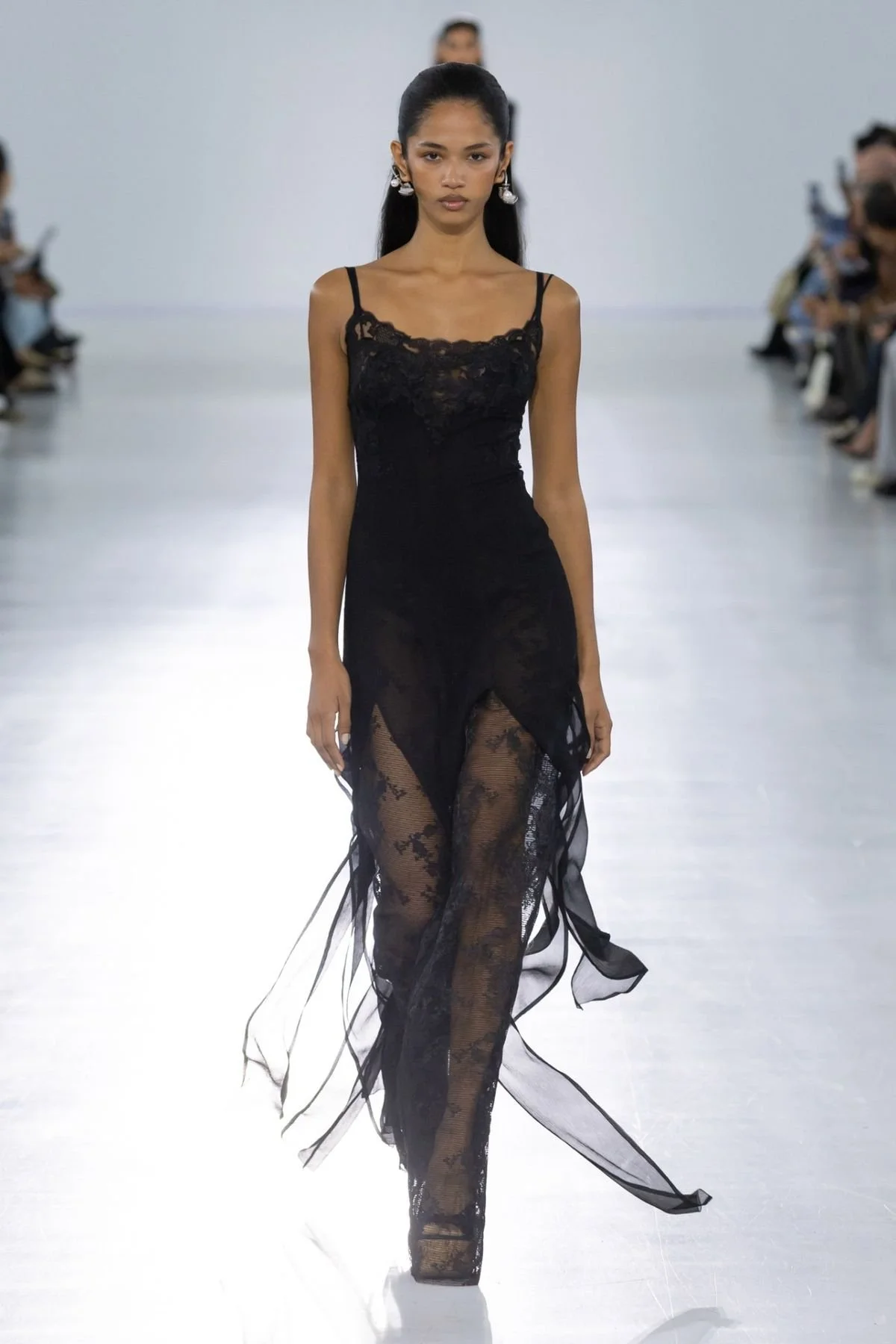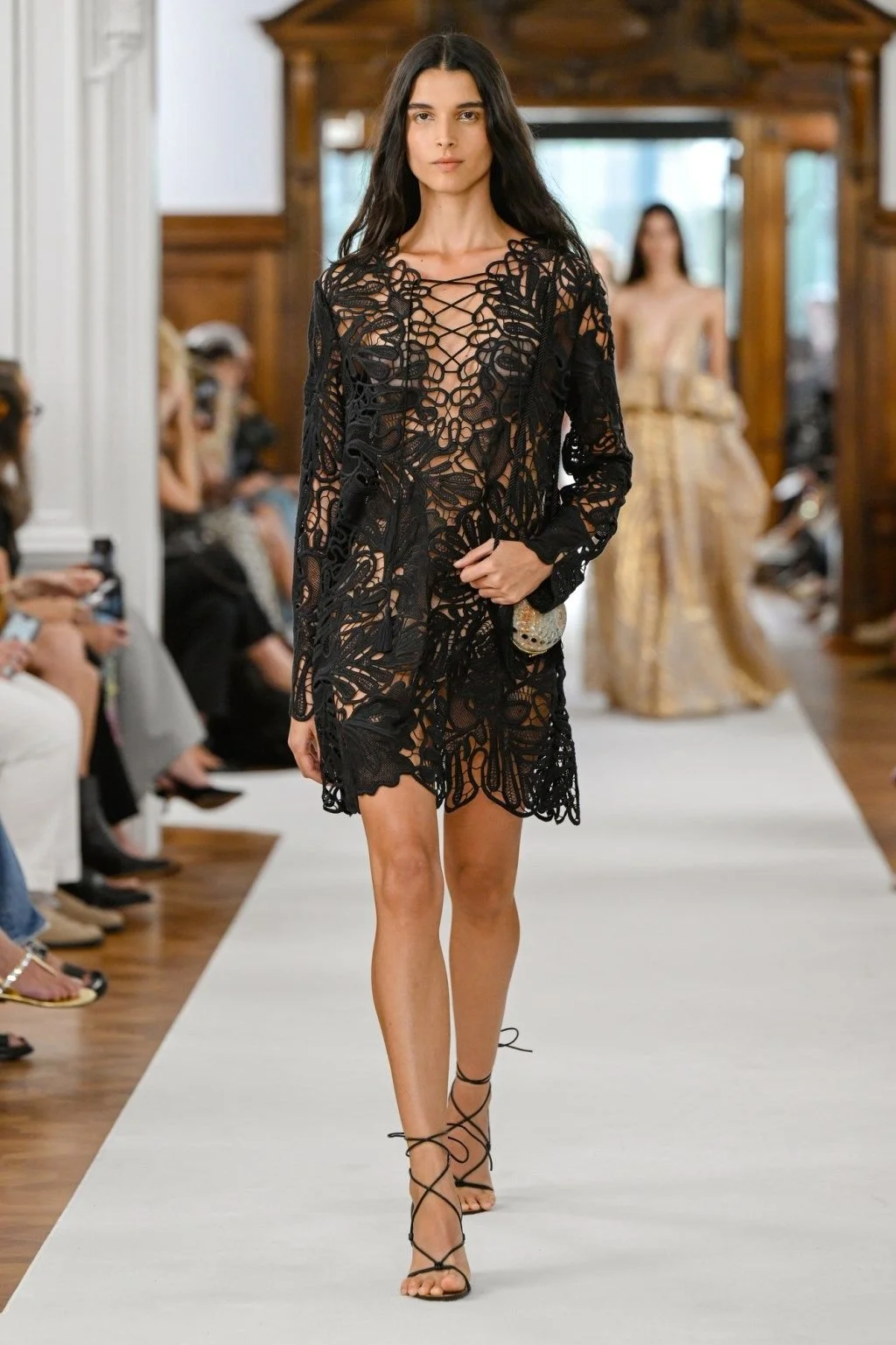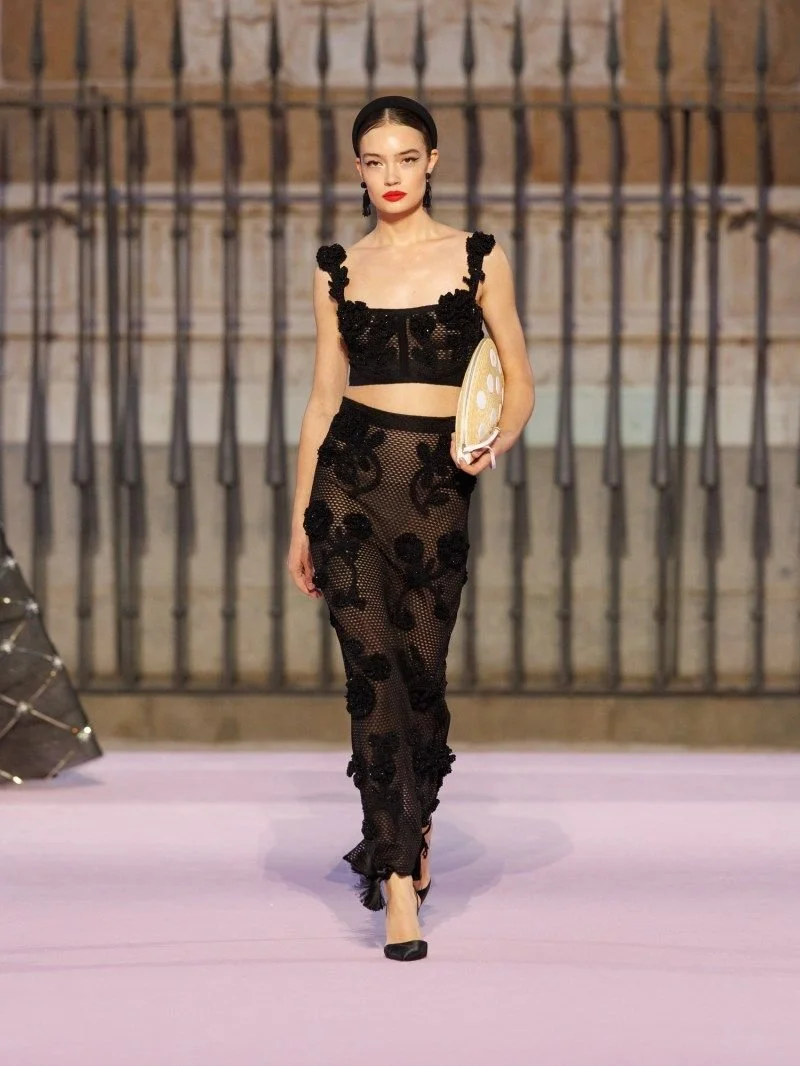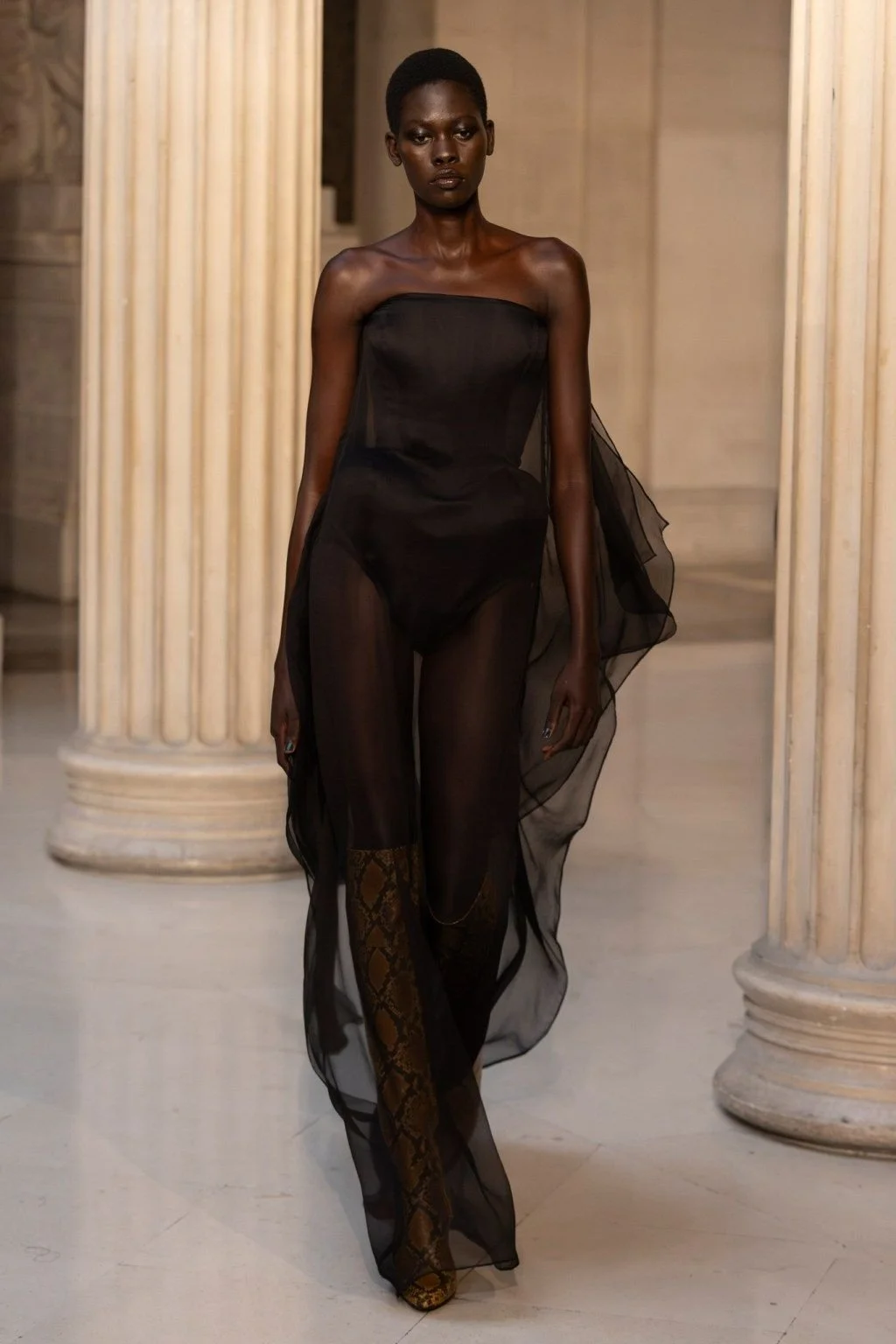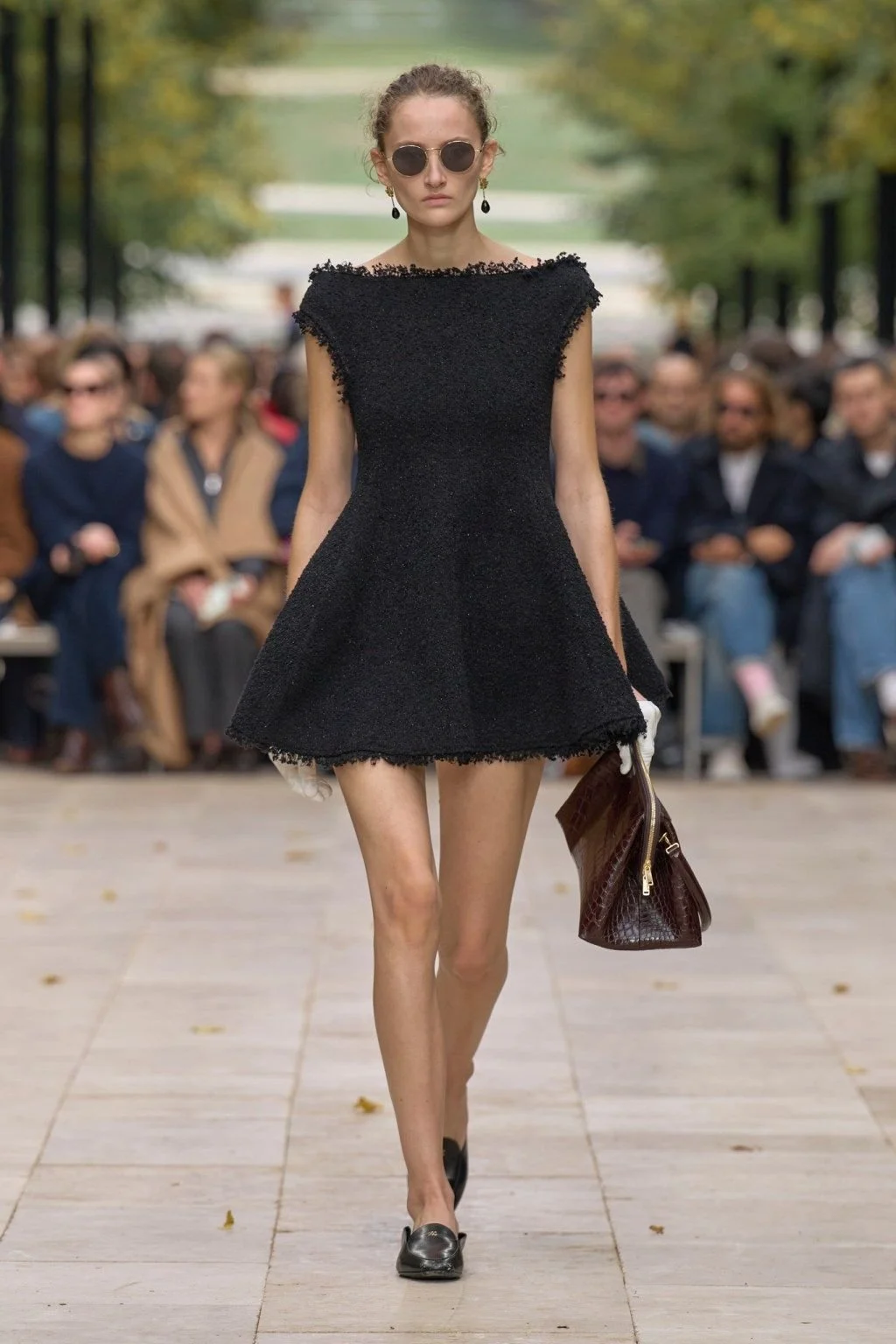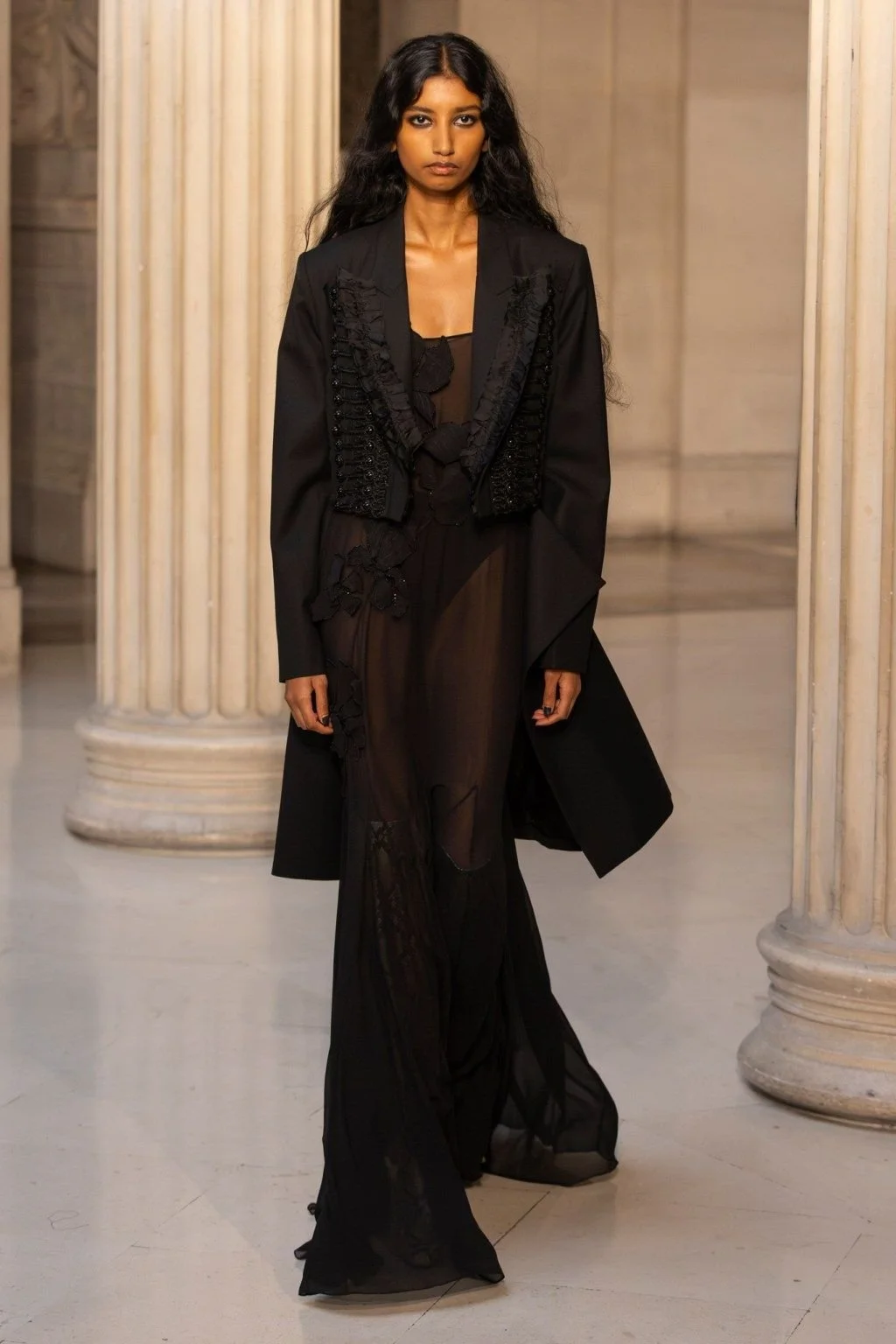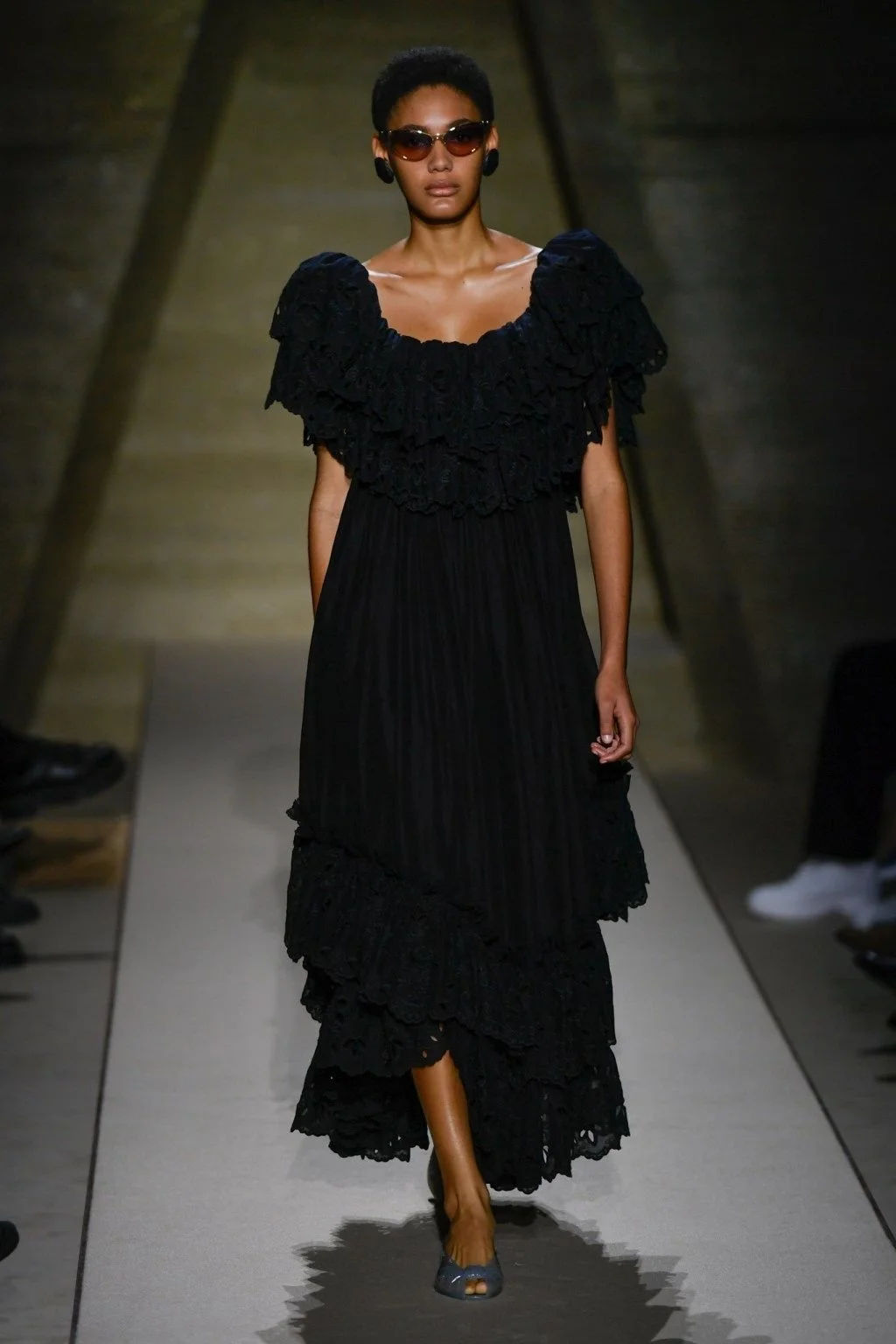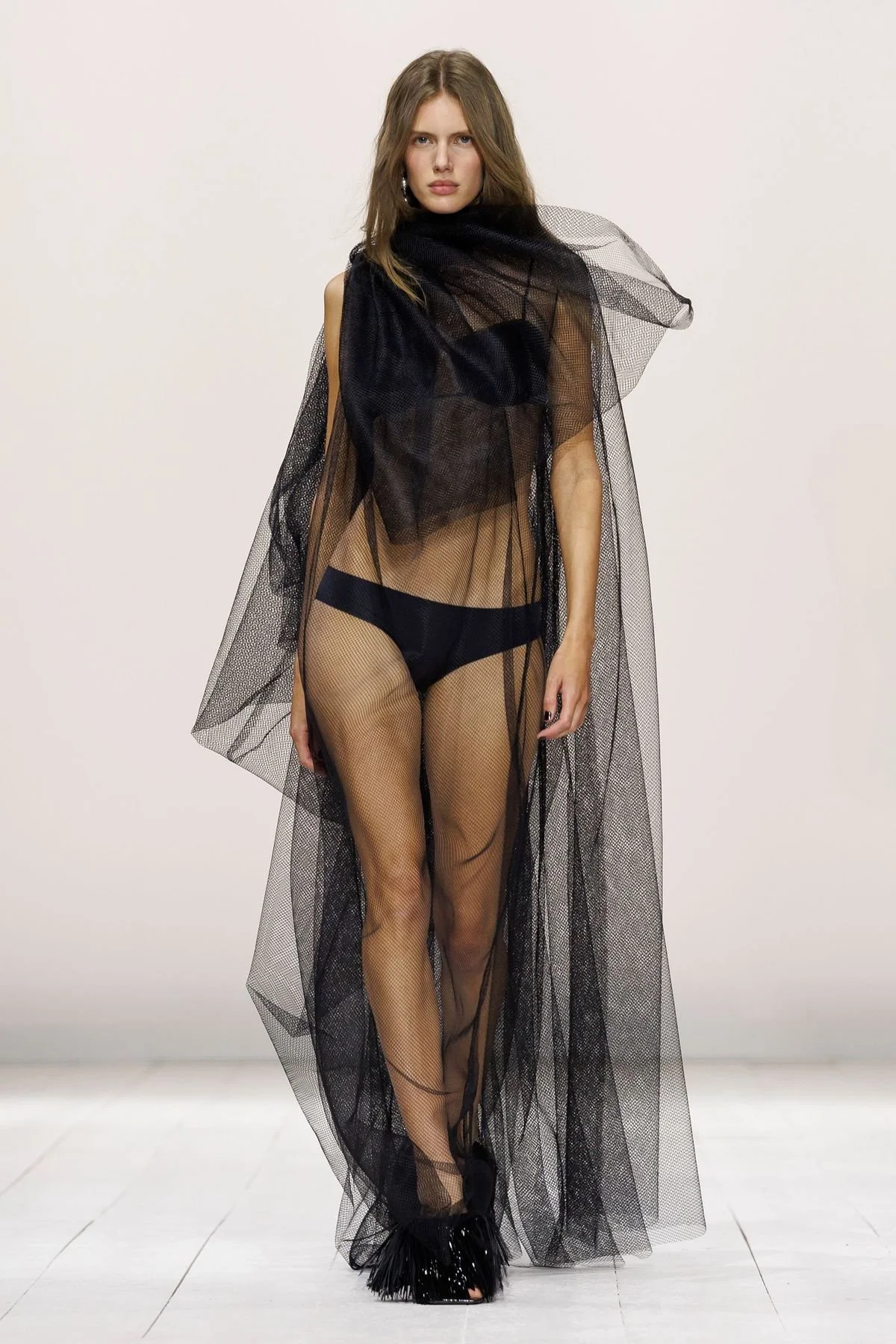Spring 26 Runway Looks
Spring 2026 Runway: Renewal, Rebellion & Reinvention
Fashion’s Spring 2026 season—spanning New York, London, Milan, and Paris—felt like a collective breath of fresh air, where designers reset the narrative. This cycle was less about safe bets and more about emotional resonance, artistic reclamation, and a recalibration of what luxury means. Below, I explore the major threads, show-stoppers, and undercurrents defining the runways this season.
Thematic Pulse: Re-fresh, Re-set, Re-store
Trend forecasters framed SS26 around three guiding motifs: Re-fresh, Re-set, and Re-store. These ideas pointed toward renewal (a fresh start), recalibration (resetting norms), and preservation (restoring what’s lost).
Across runways, that translated into revisited silhouettes, archival references reinterpreted with a modern lens, and a stronger emphasis on craft and material longevity.
Key Trends & Aesthetic Moves
Here are the major trends that rippled across continents:
Trend Manifestations & Highlights Bold, Maximalist Styling The pendulum has swung away from minimalism: expect clashing prints, layered textures, and statement proportions.
Cerulean & Vibrant Color Pops A surprising standout: bright blue tones, especially cerulean, as an “electric” accent across looks.
Soft Drapery & V-Cuts Many designers embraced fluid fabrics and elongated V-necklines—subtle, sensual, and wearable.
Aprons as Power Symbols Miu Miu reworked the domestic apron into a statement piece—crochet, leather, crystal embellishments—flipping gendered ideas of workwear.
Sheer / “Naked Dress” Boldness Schiaparelli’s runway delivered translucent gowns, reasserting sensuality as self-expression. (Teen Vogue)
’80s Revival & Sharp Shoulders At Chloé, strong shoulders, nipped waists, and florals were reimagined through an ’80s lens.
Standout Shows & Creative Shifts
Chanel – Blazy’s Debut as Creative Director
Matthieu Blazy’s first outing at Chanel was a delicate reset of the house’s DNA. He reinterpreted tweed into airy knits and integrated artisanal techniques, signaling a future-forward direction. (Le Monde.fr)
Dior – Jonathan Anderson’s Arrival
Anderson’s debut try at Dior turned heads. His collection blended classical references—corsetry, bows—with a witty irreverence. It also introduced reverse-tied neckties and a rhythmic tension between structure and looseness.
Miu Miu – Reclaiming the Apron
Miuccia Prada’s bold concept collection placed the apron center stage—not as a nostalgic relic, but as a symbol of agency and redefined femininity.
Schiaparelli – Surreal Sensuality
With sheer “naked” gowns, trompe-l’œil knitwear, and sculptural accessories, Schiaparelli fused fantasy and body politics.
Chloé – Boho Meets Glam
Under Chemena Kamali, Chloé brought floral exuberance, fitted silhouettes, and a couture attitude to its bohemian roots.
Gabriela Hearst, Rick Owens & Others
Gabriela Hearst leaned into sustainability: Laura Dern opened the show in a 3D-flower gown made from deadstock fabrics.
What This Season Means
Narrative over novelty: Many designers leaned into deeper storytelling—identity, labor, memory—rather than chasing gimmicks.
Wearability amplified: Though there were theatrical moments, many collections included grounded, intentional pieces for the world beyond the runway.
Heritage reimagined: Legacy houses revisited codes (tweed, aprons, bows) but reworked them with subversion, lightness, or irony.
Cultural and political undercurrents: From gender-neutral symbolism to protest gestures, fashion felt increasingly dialogic.






